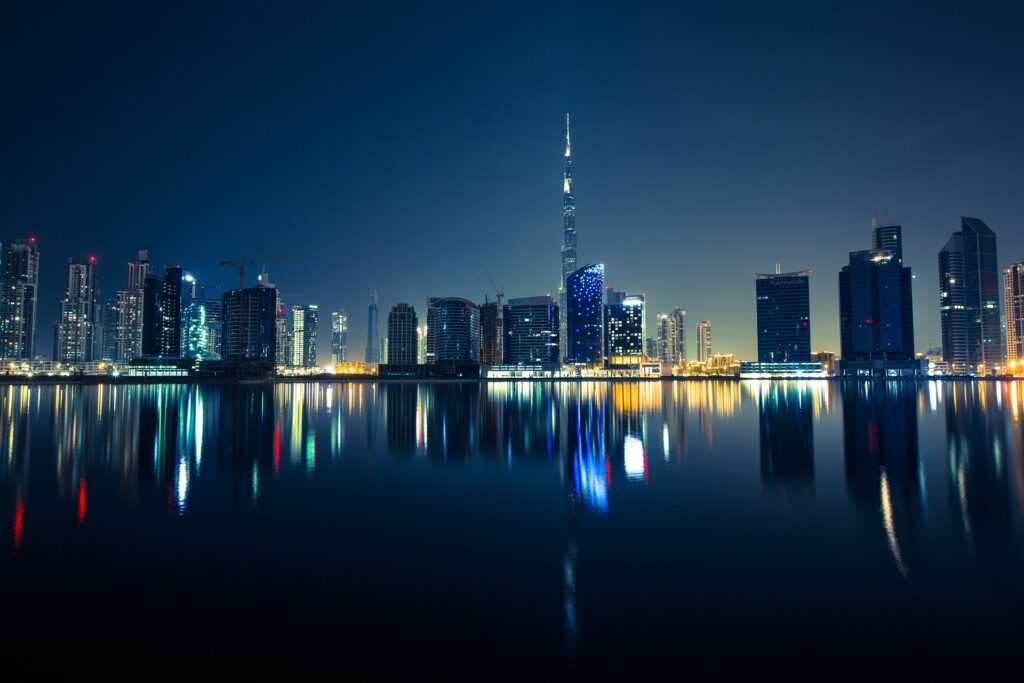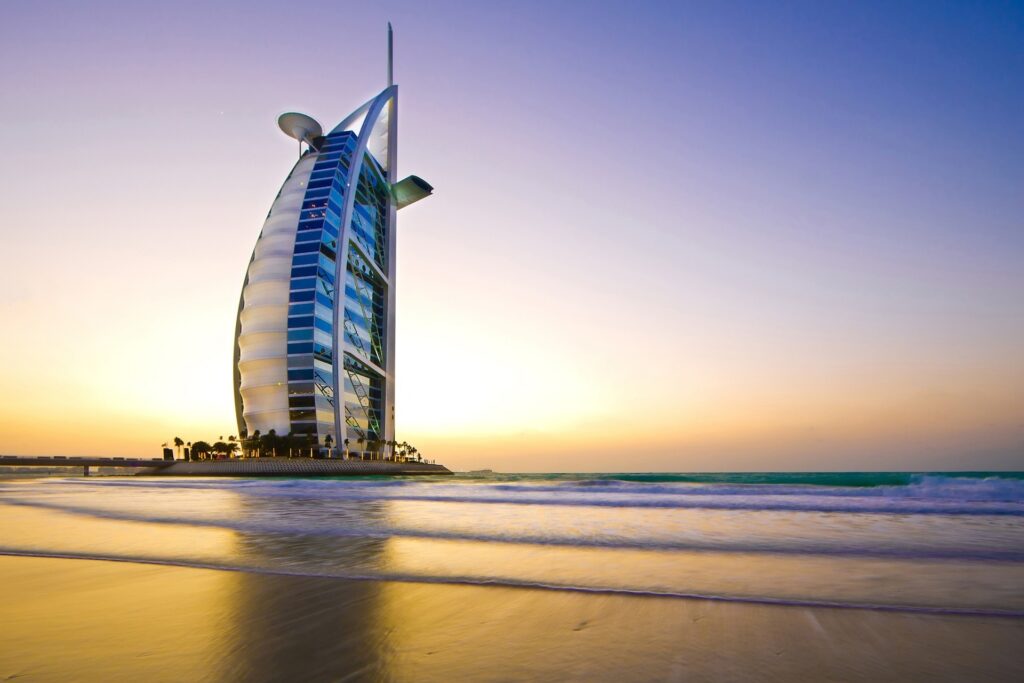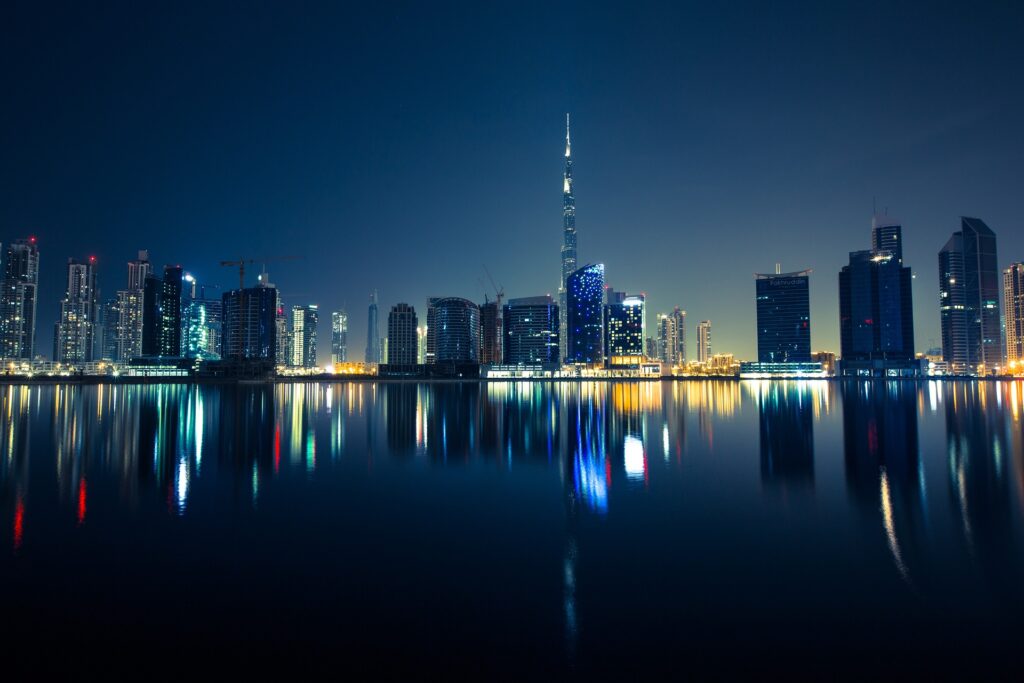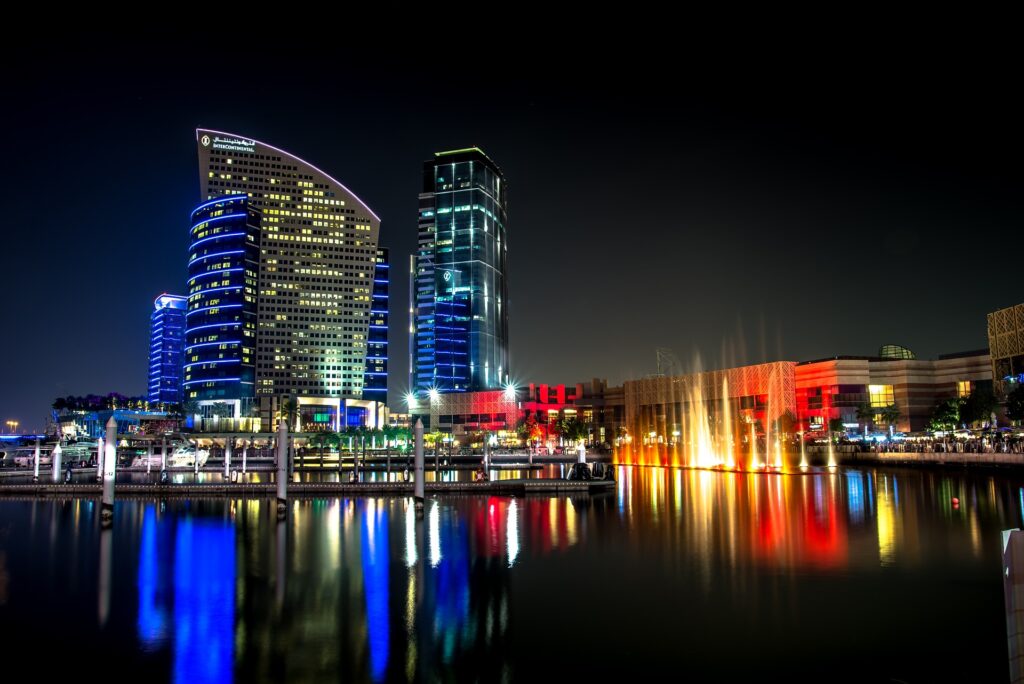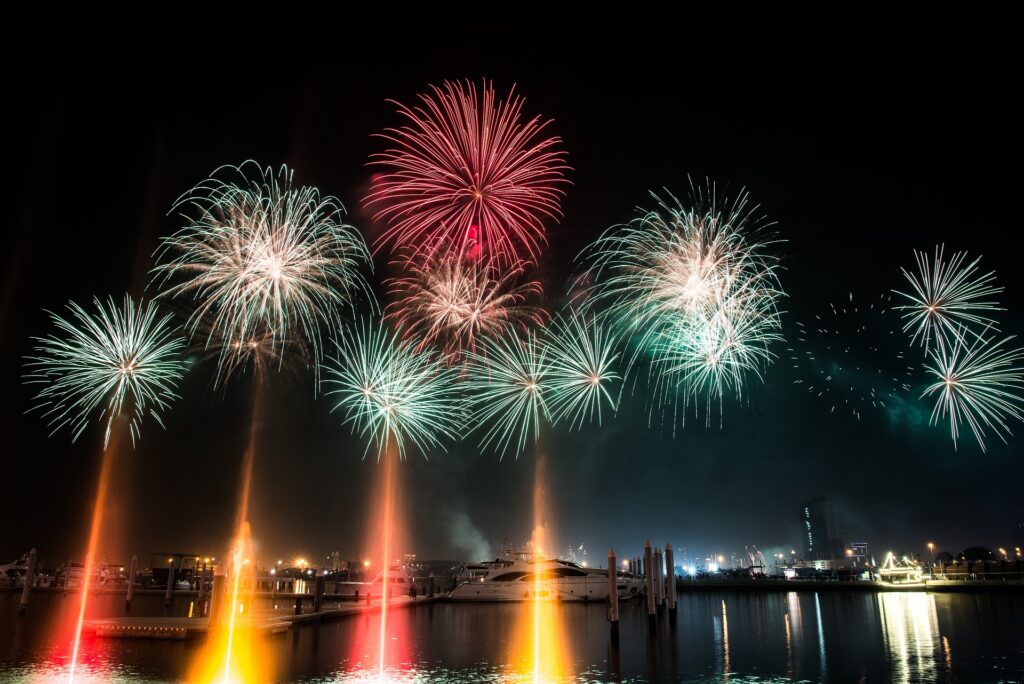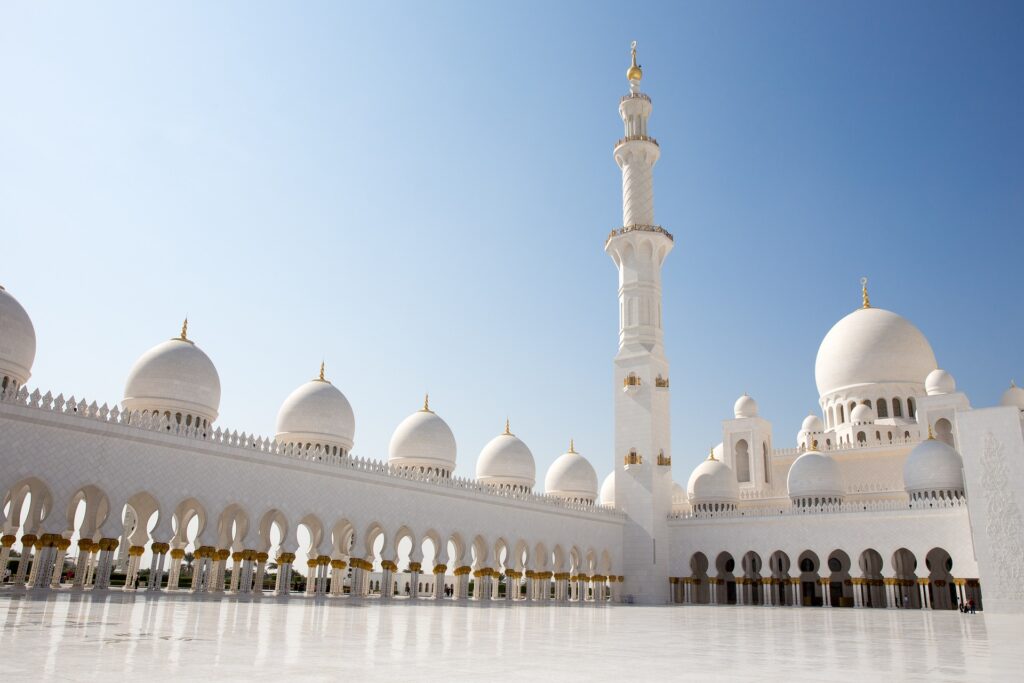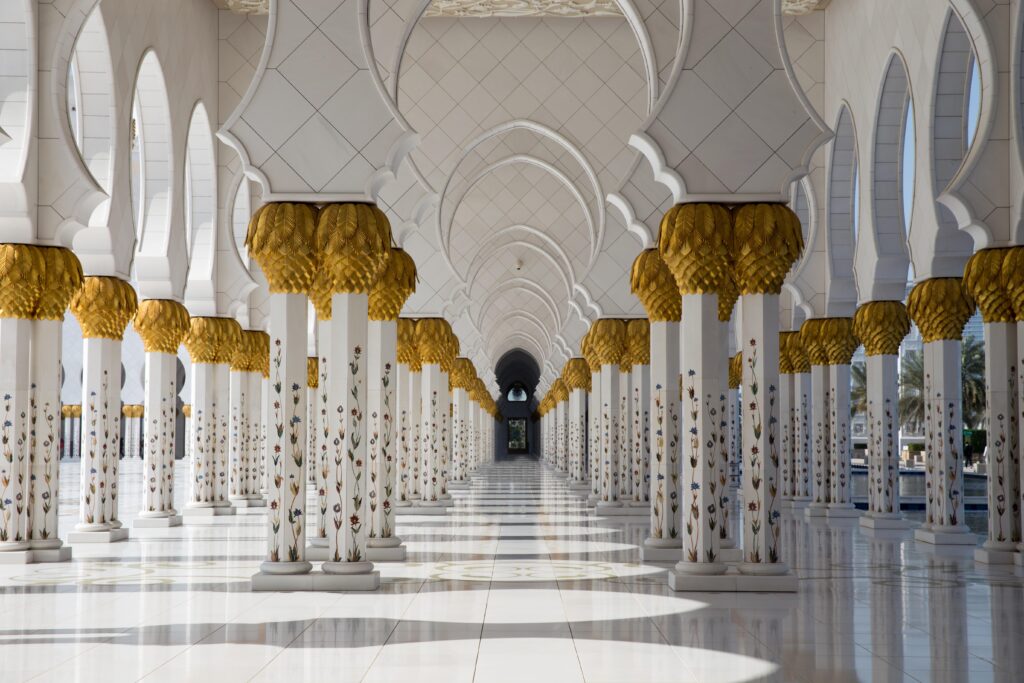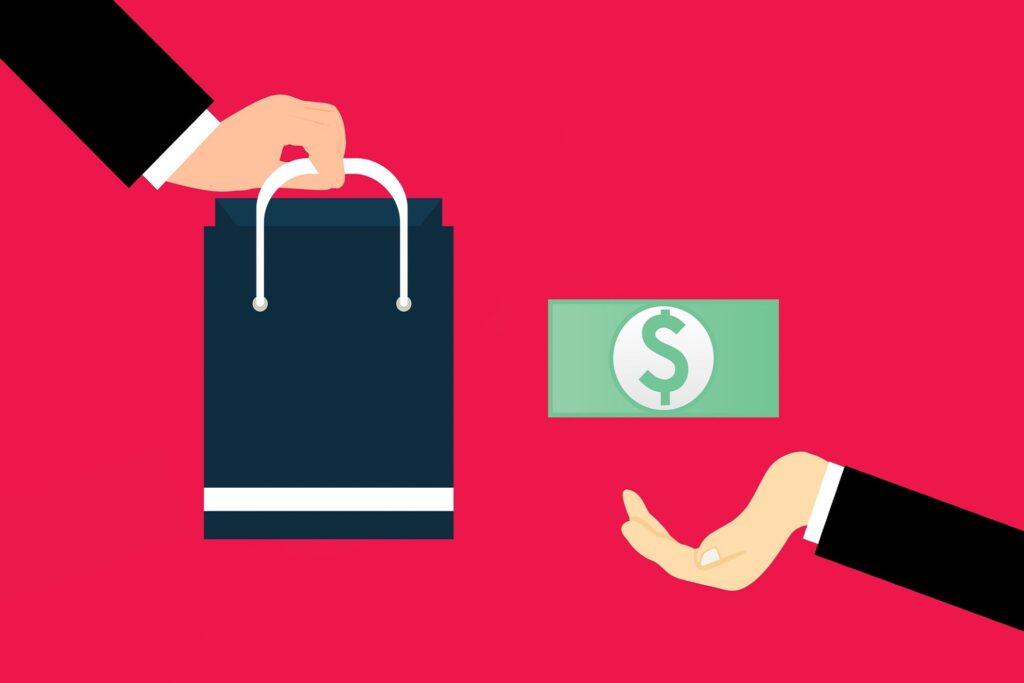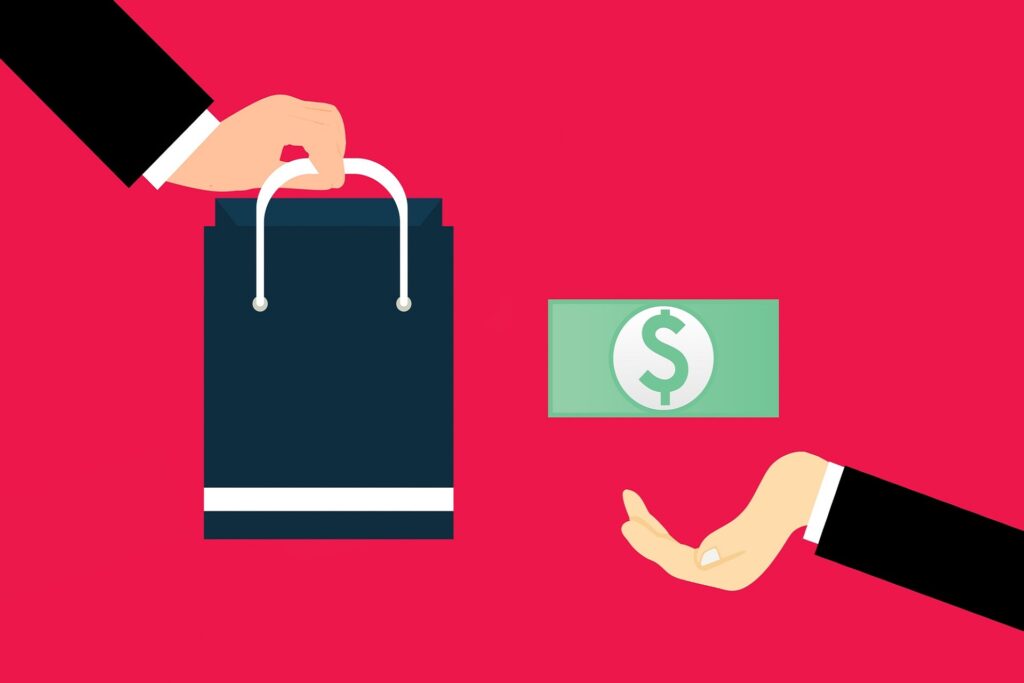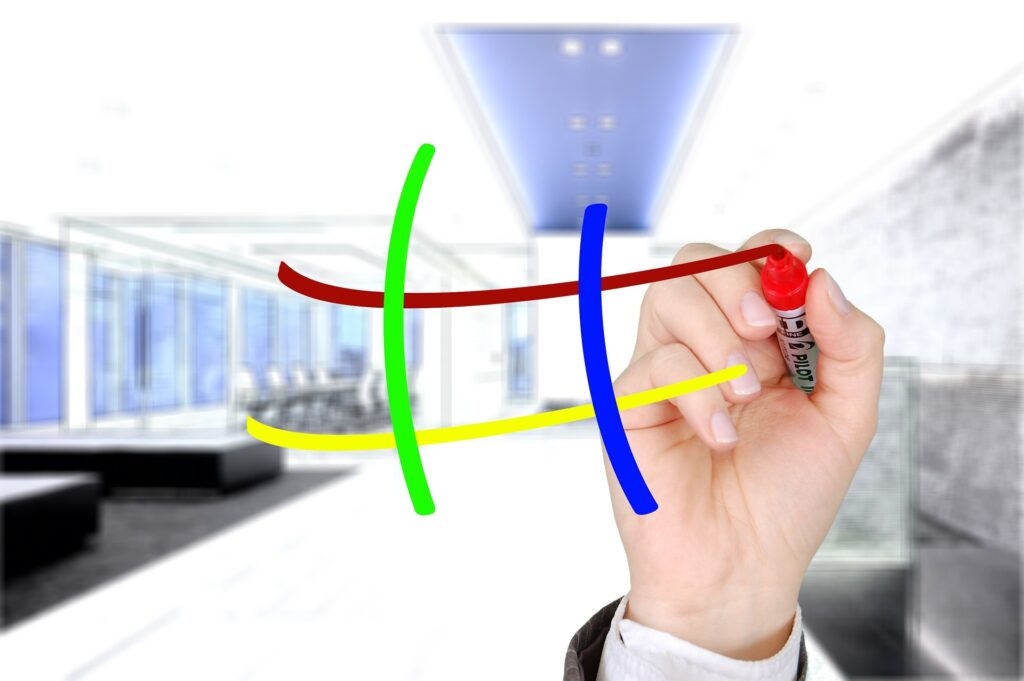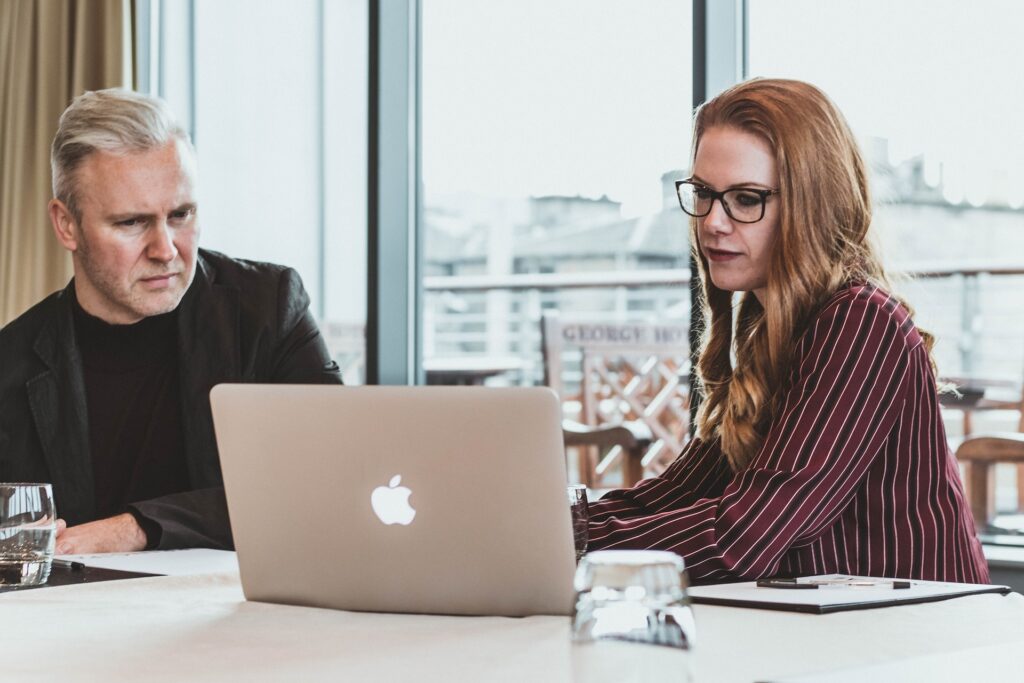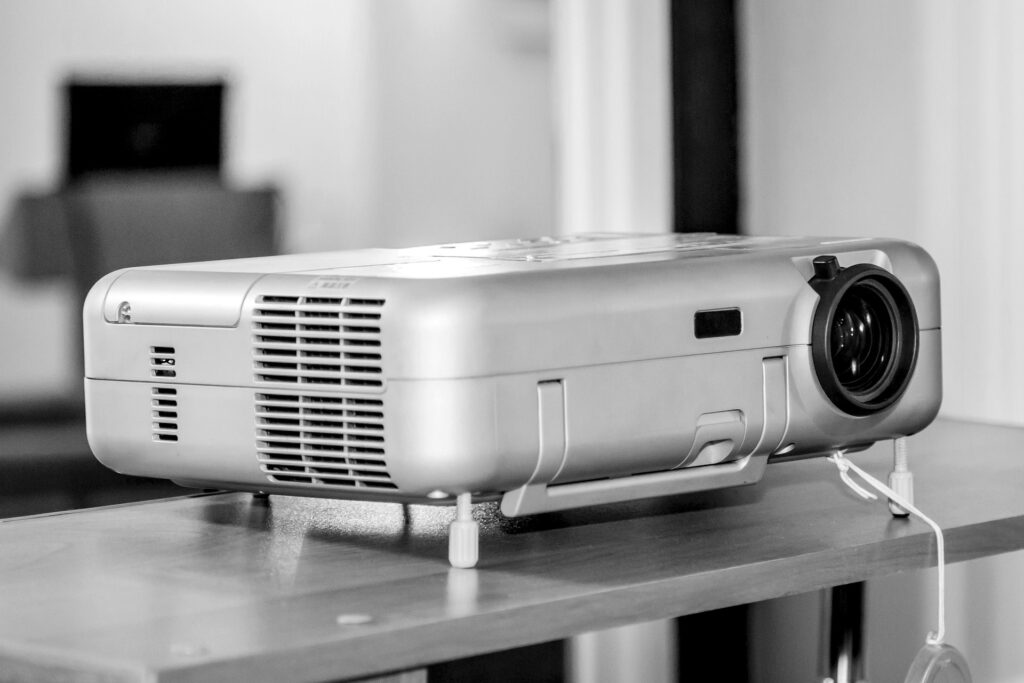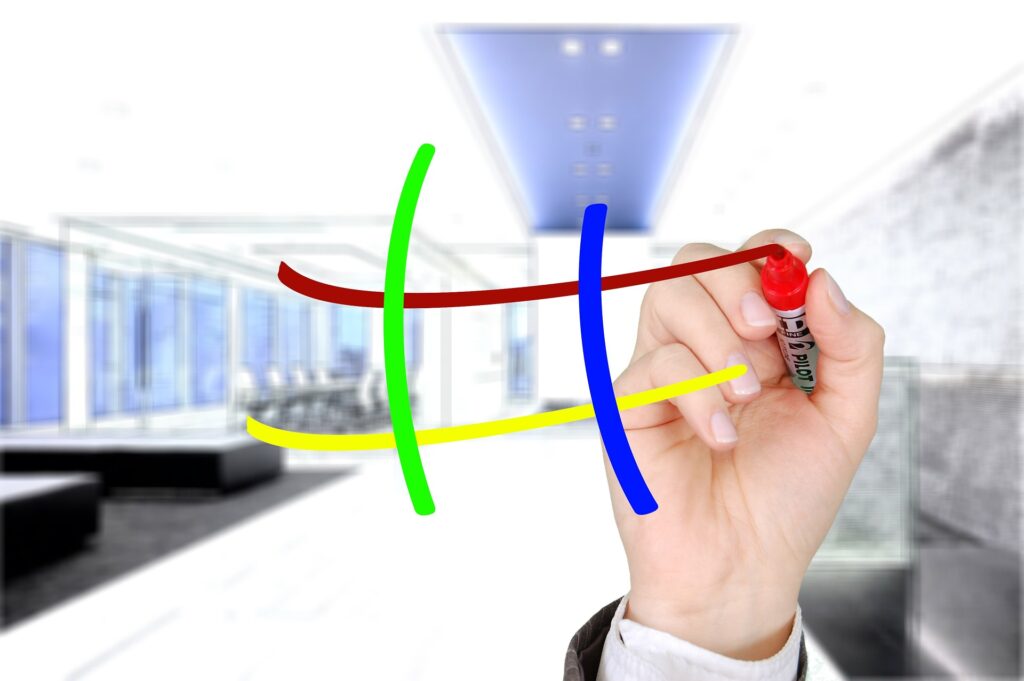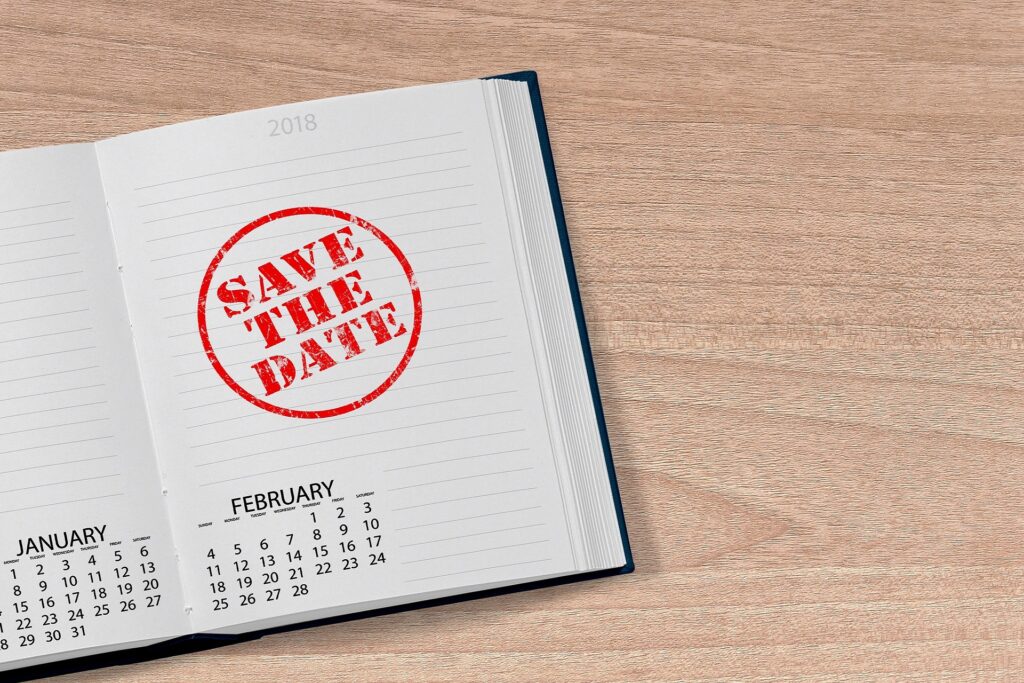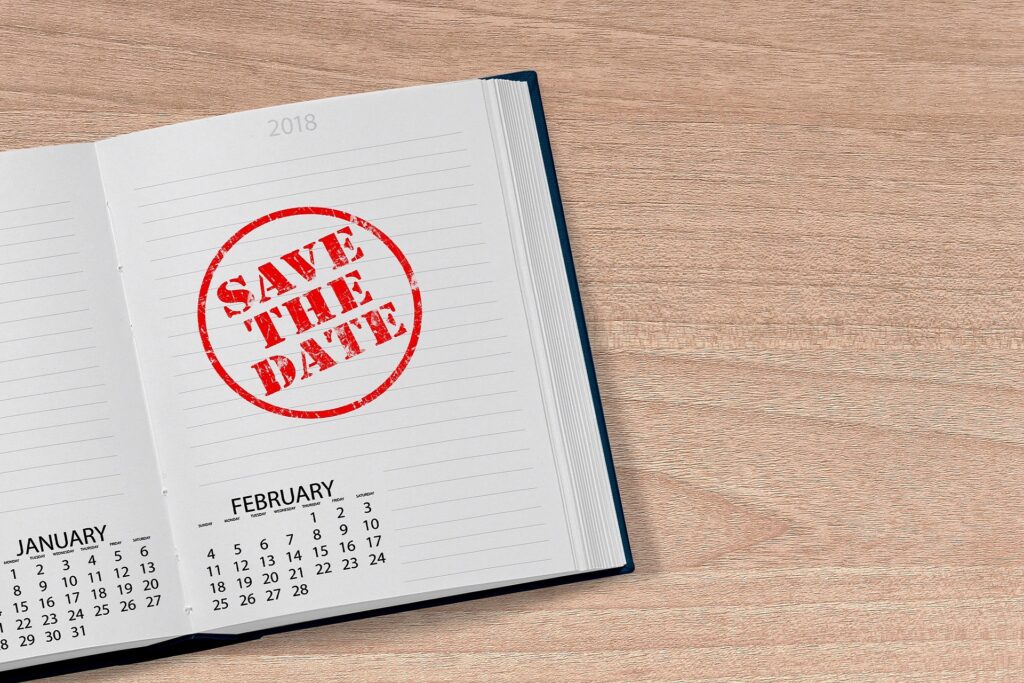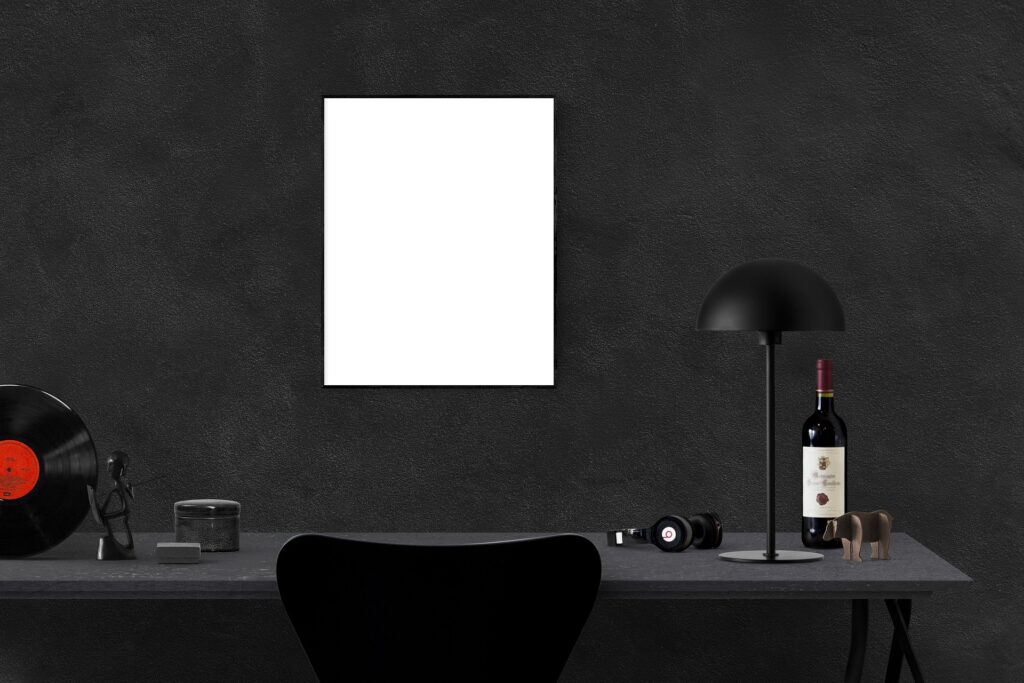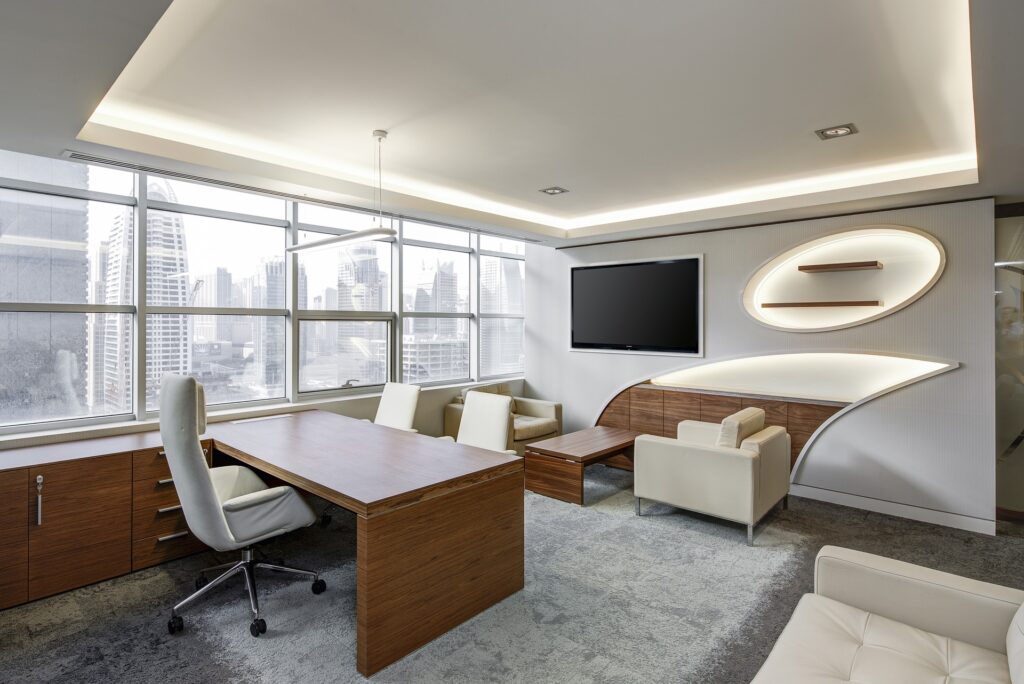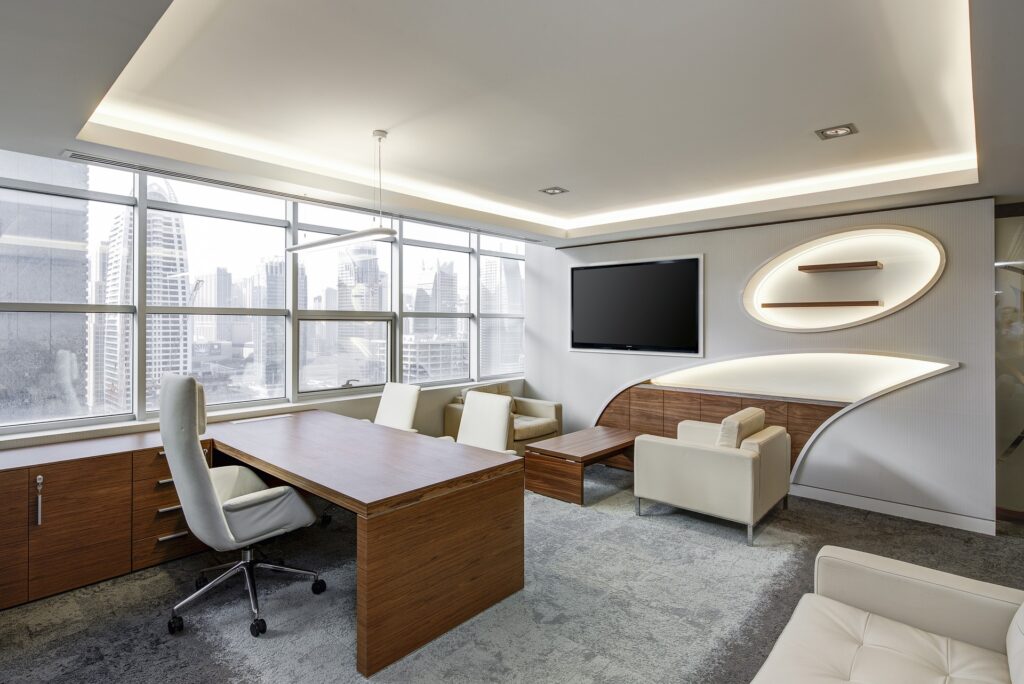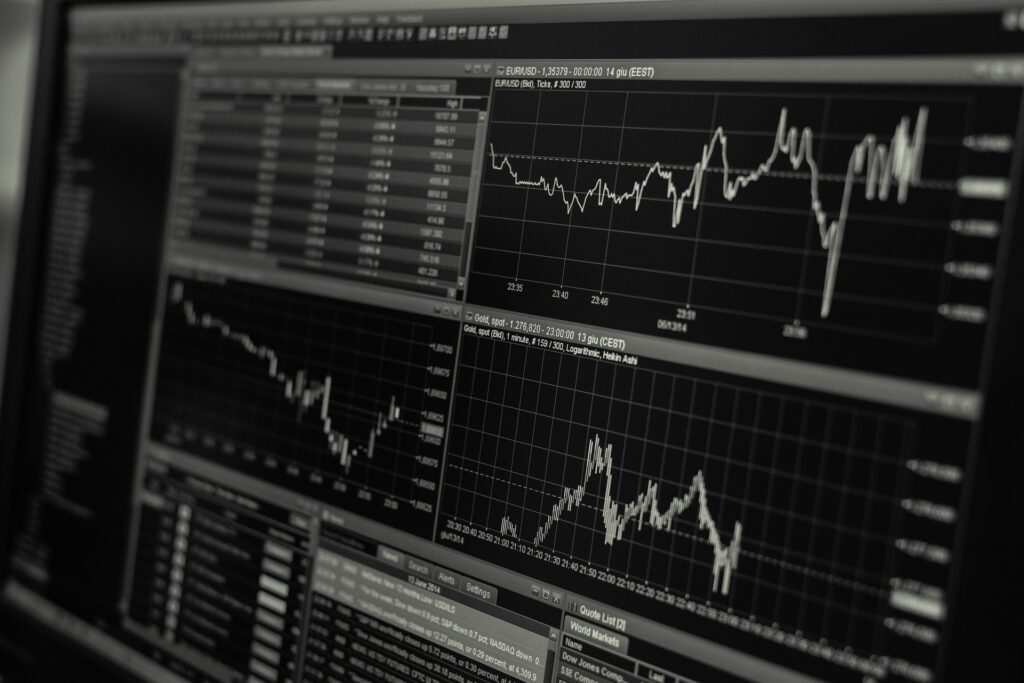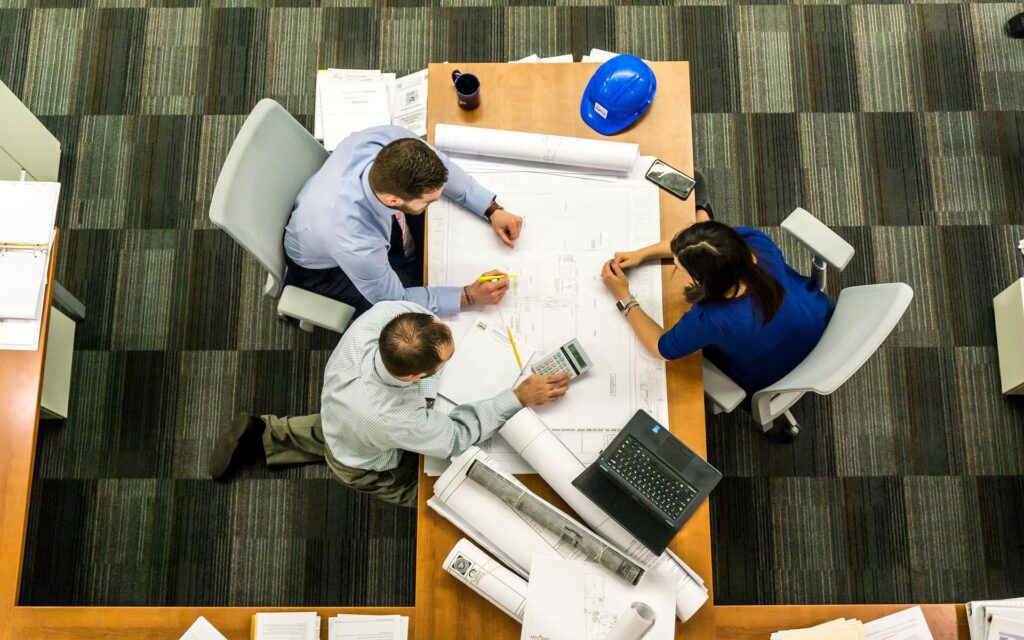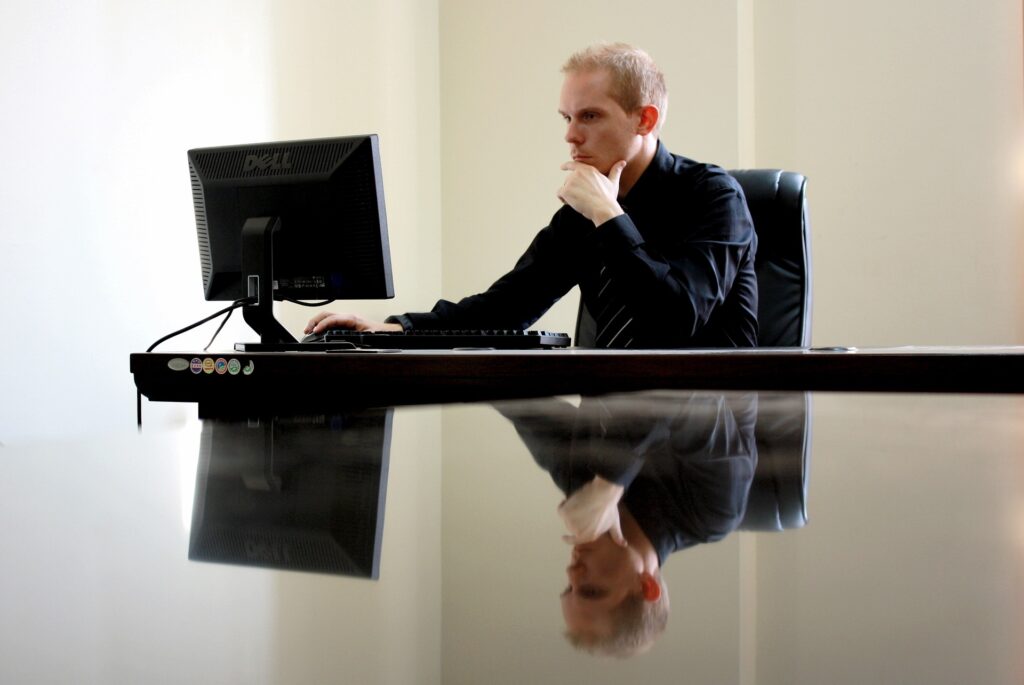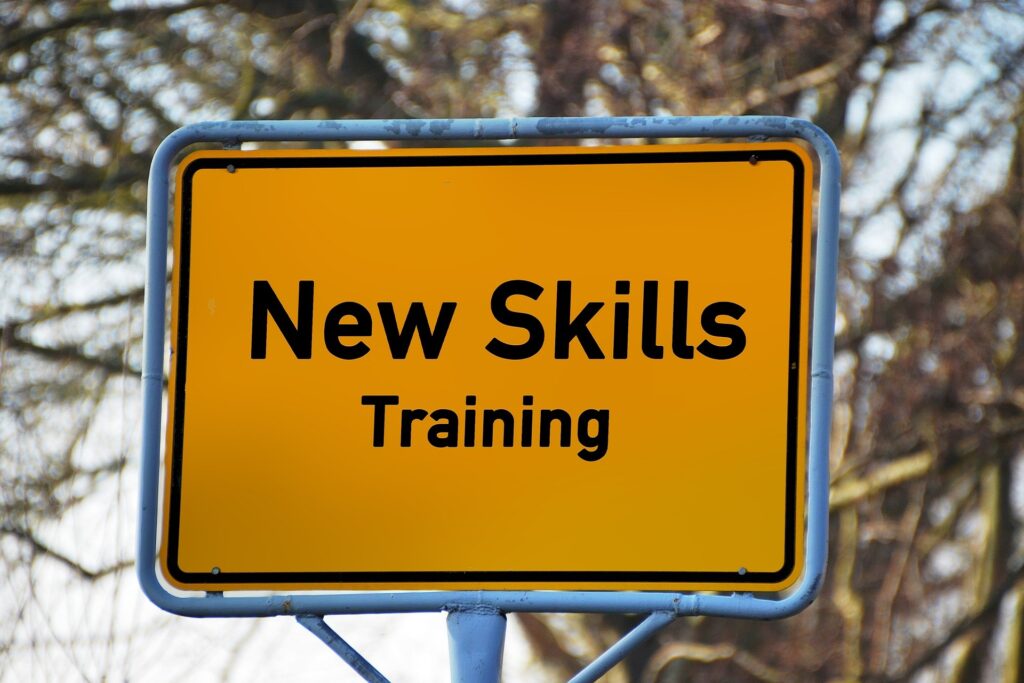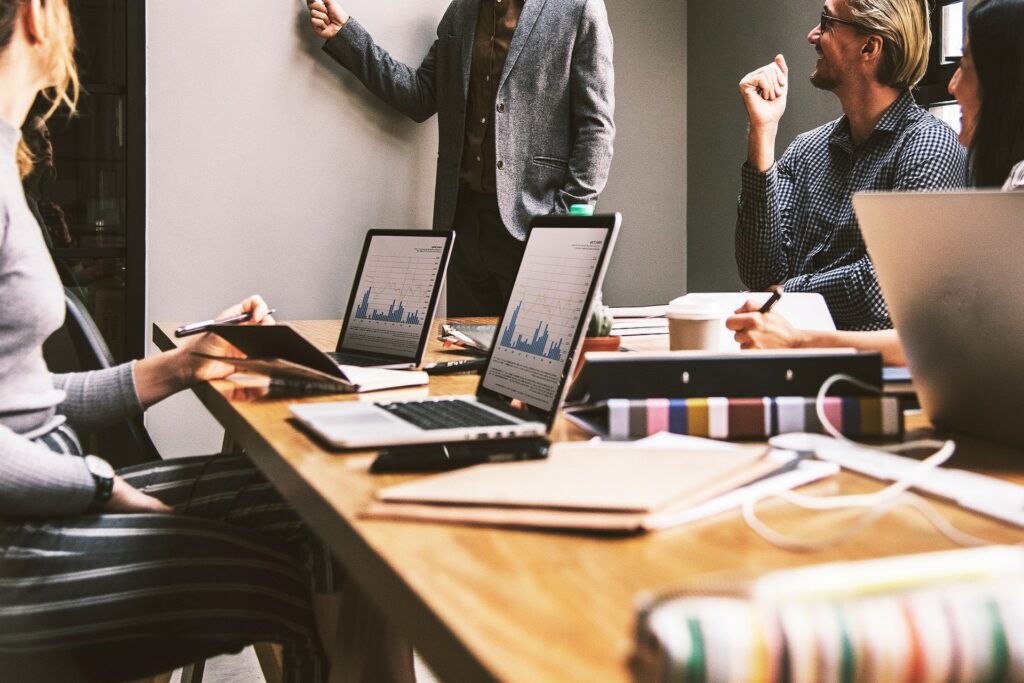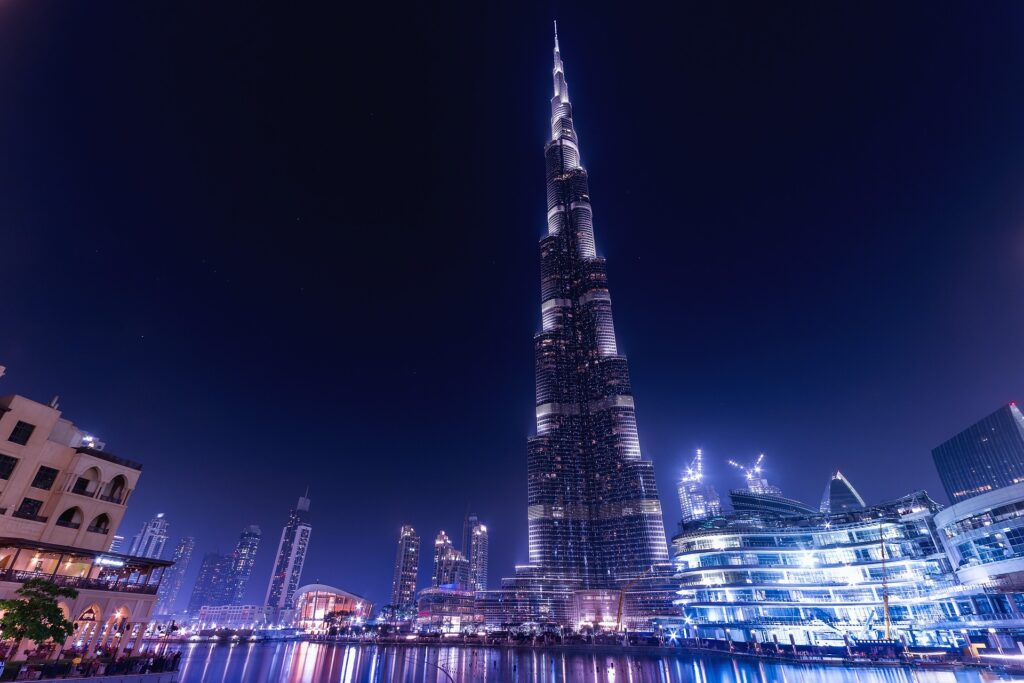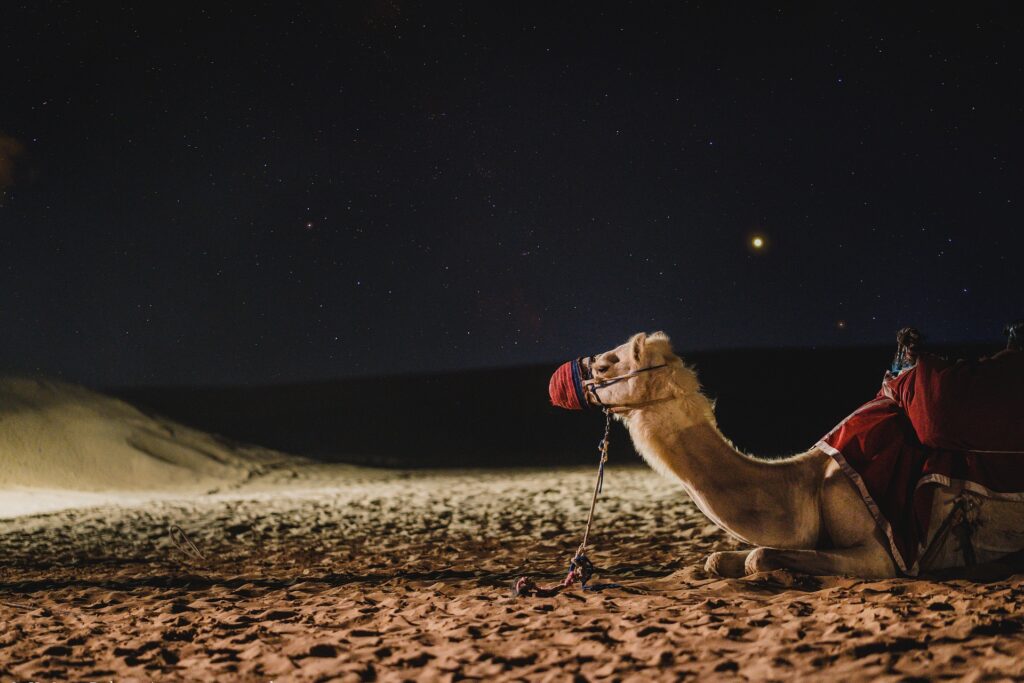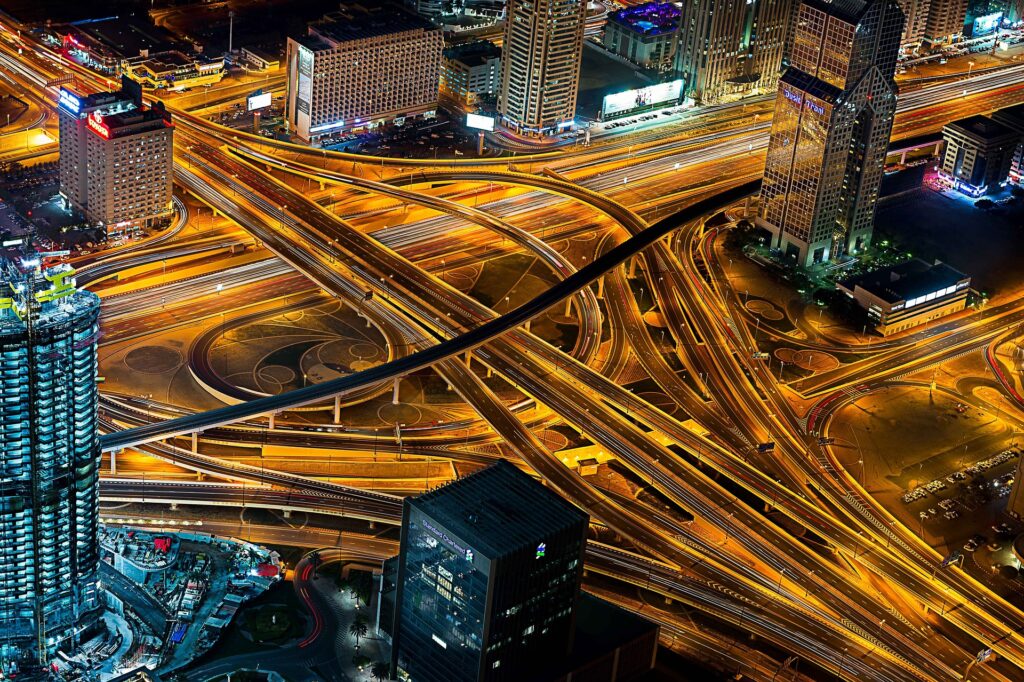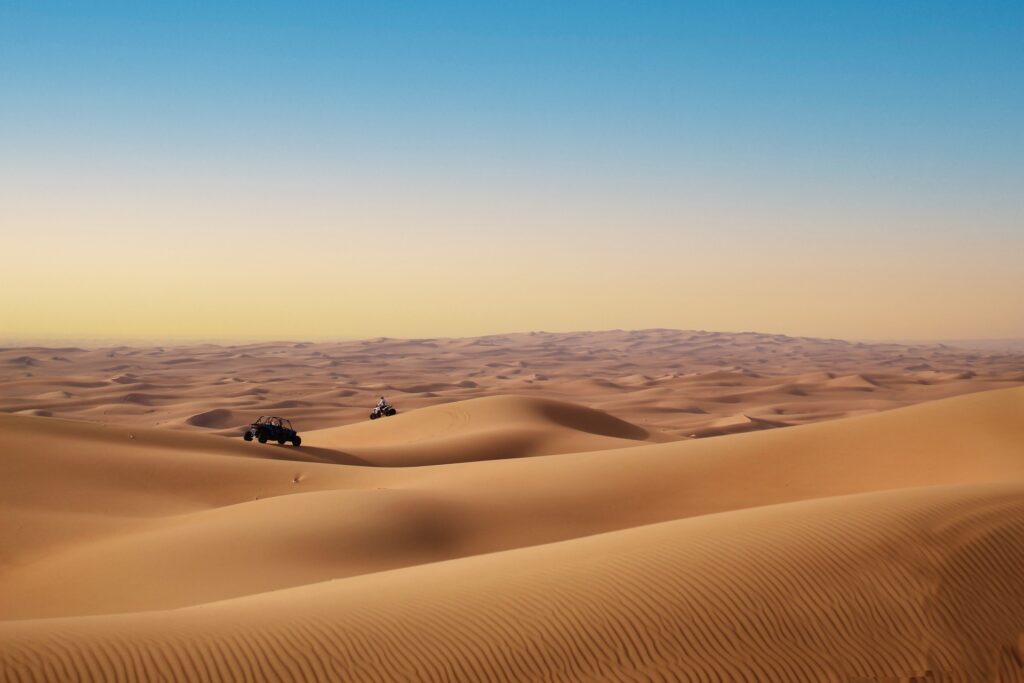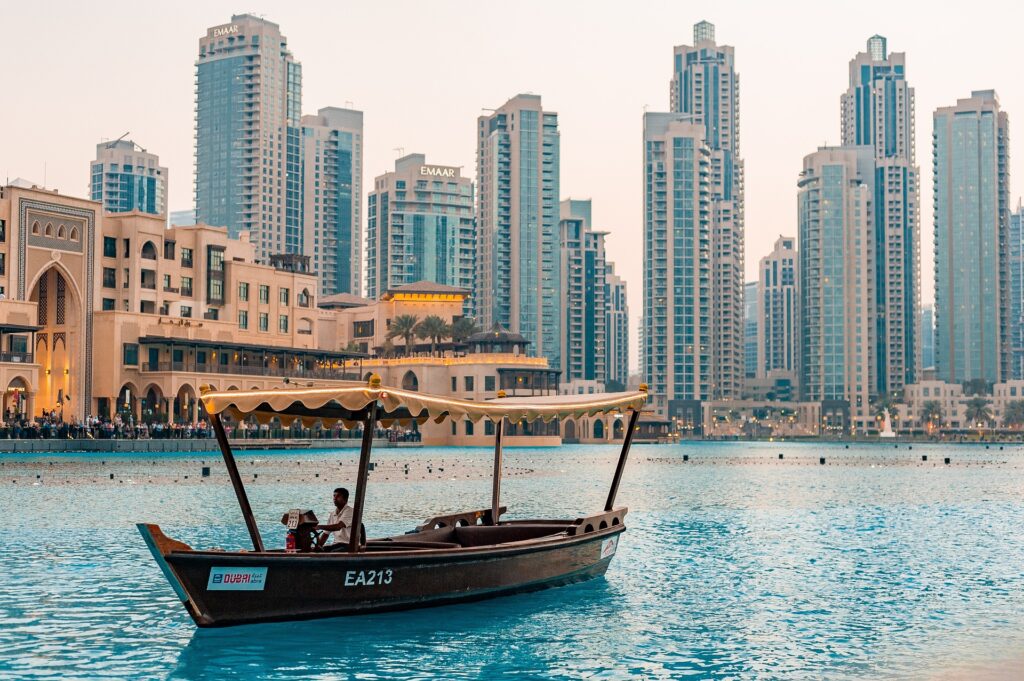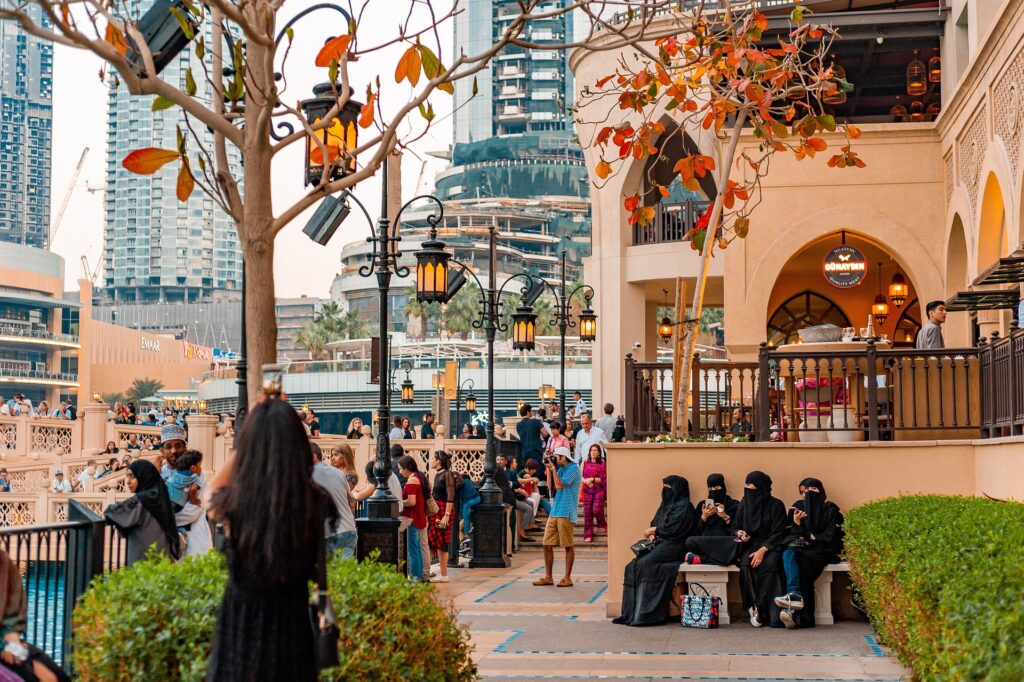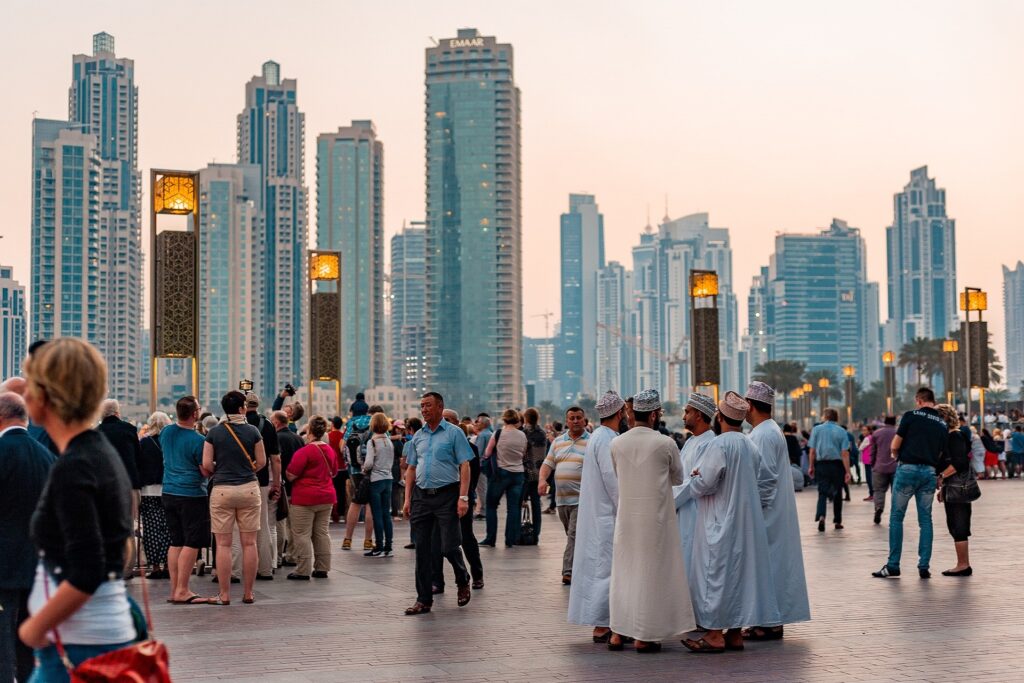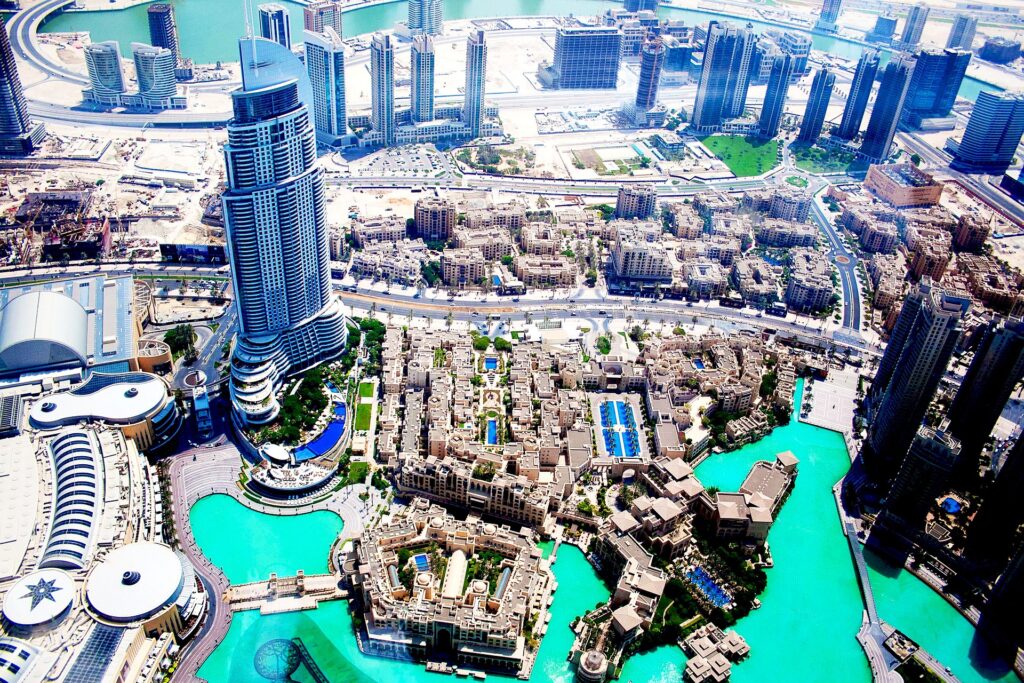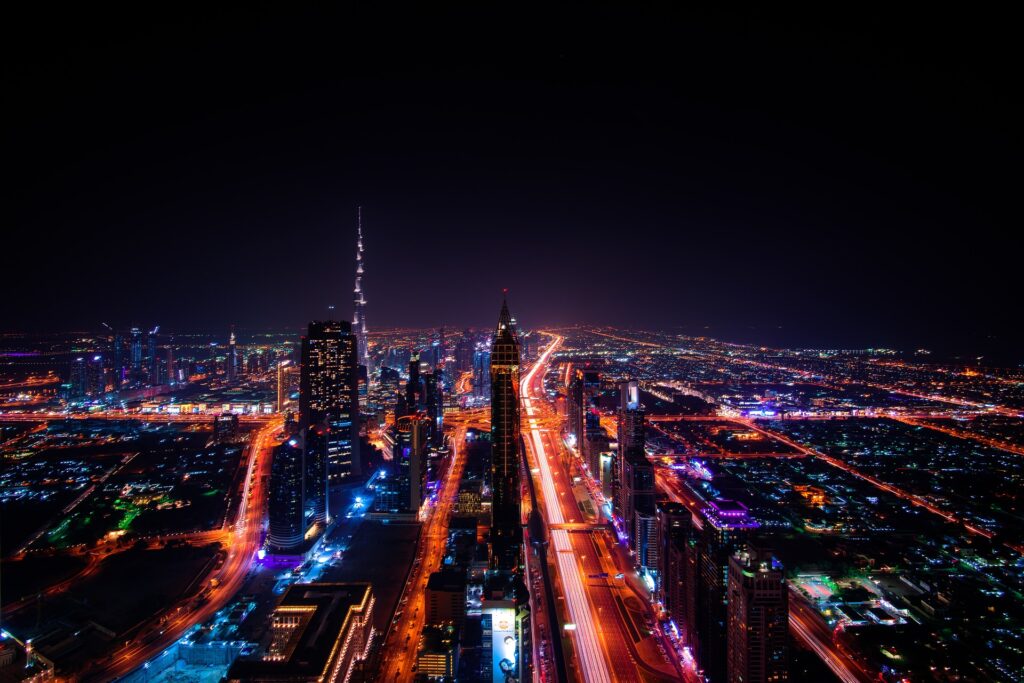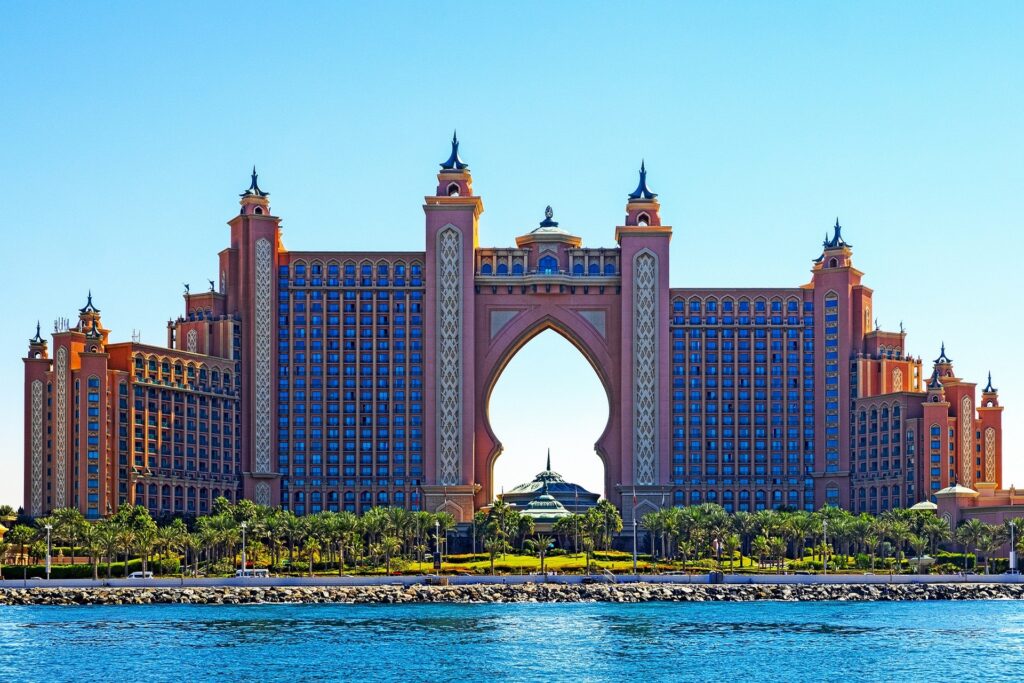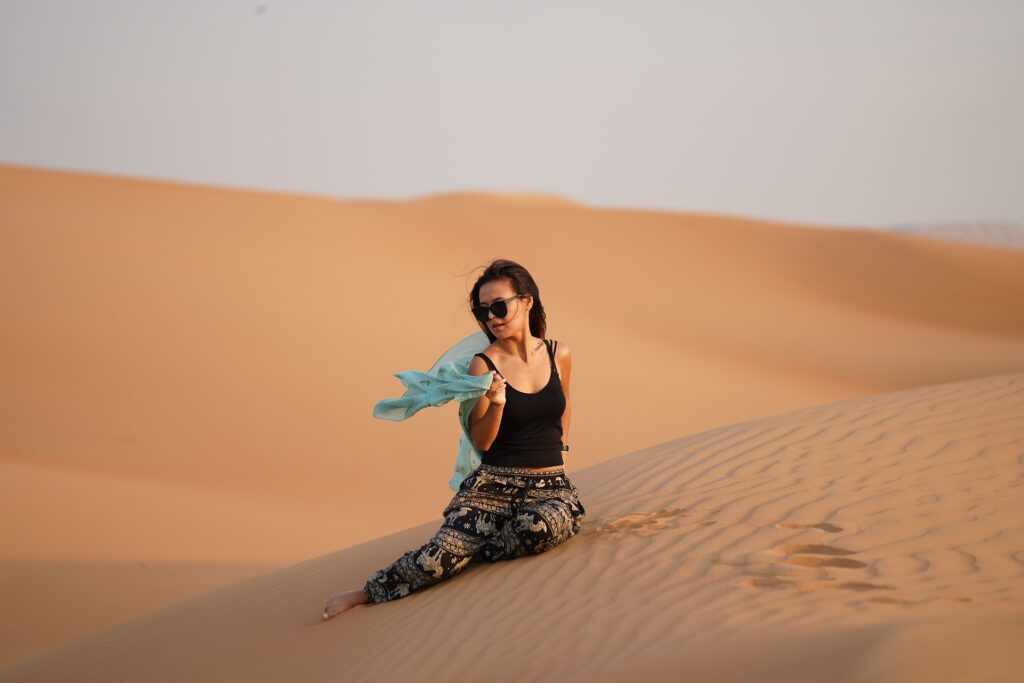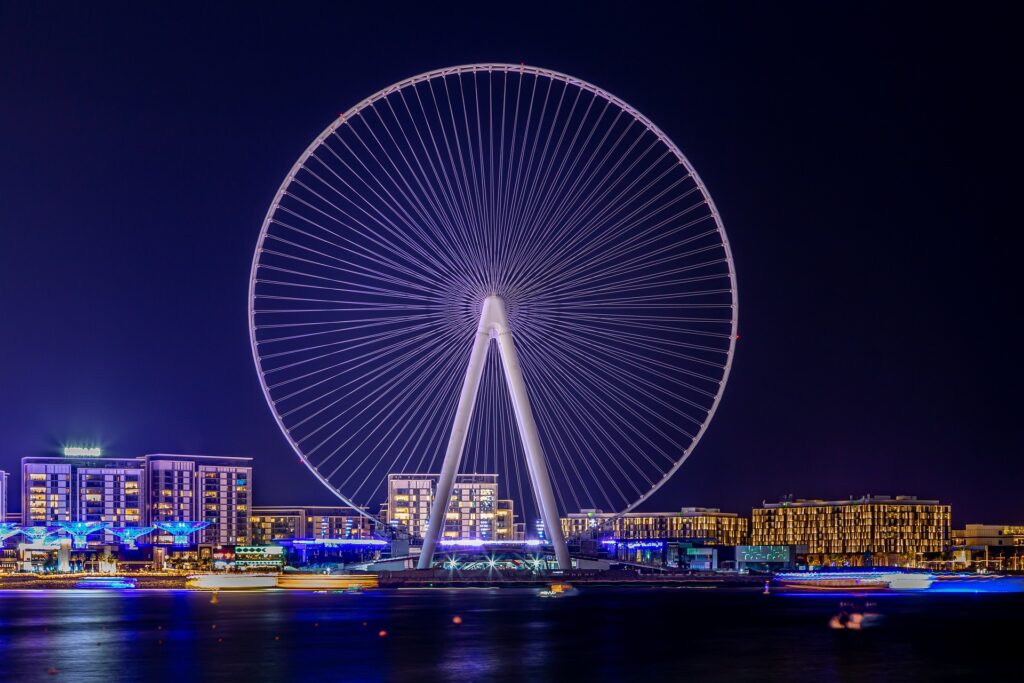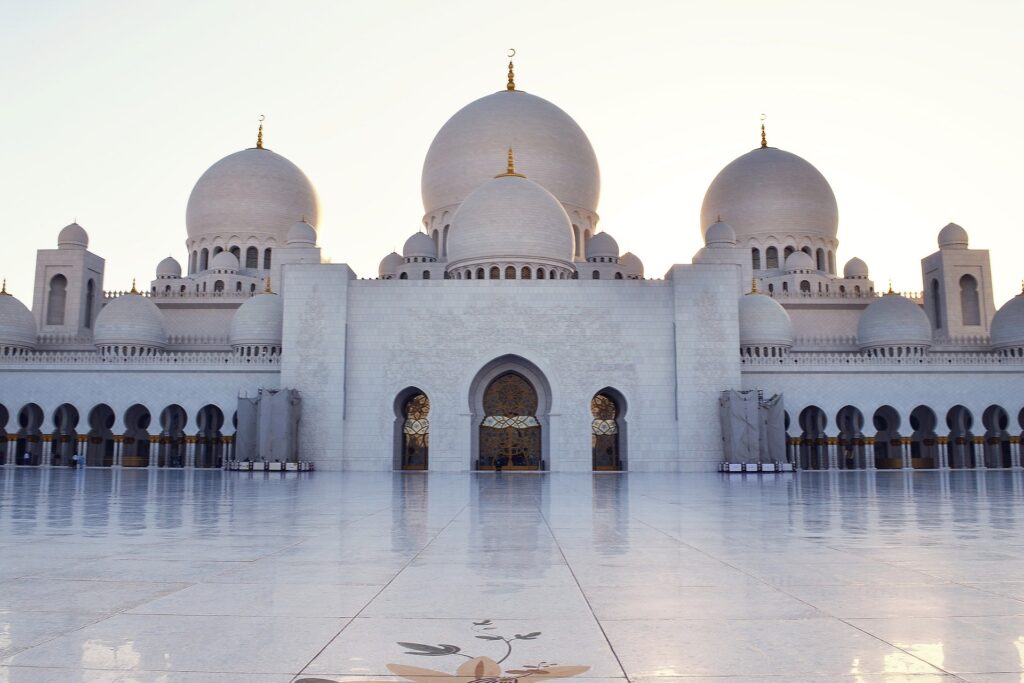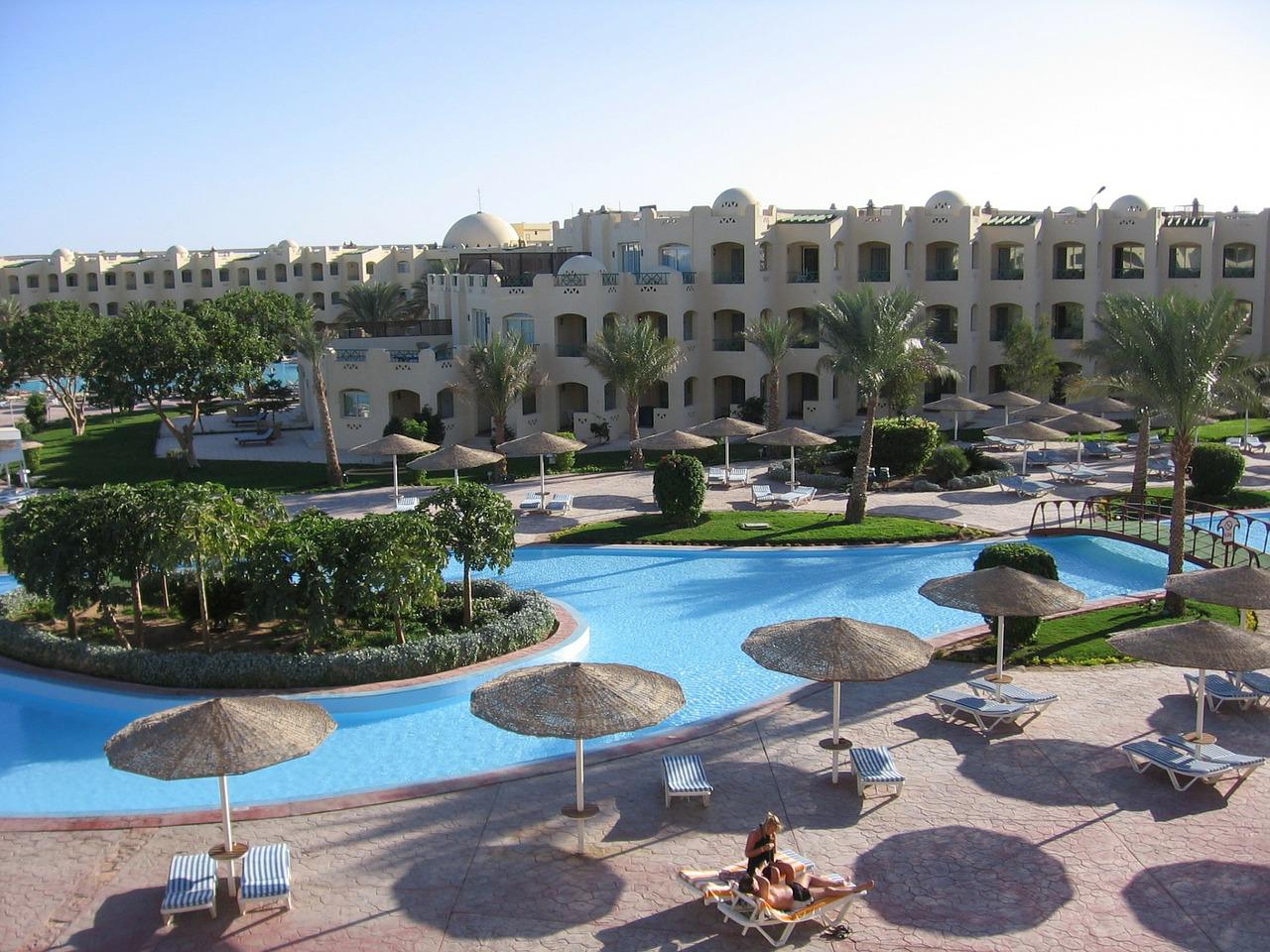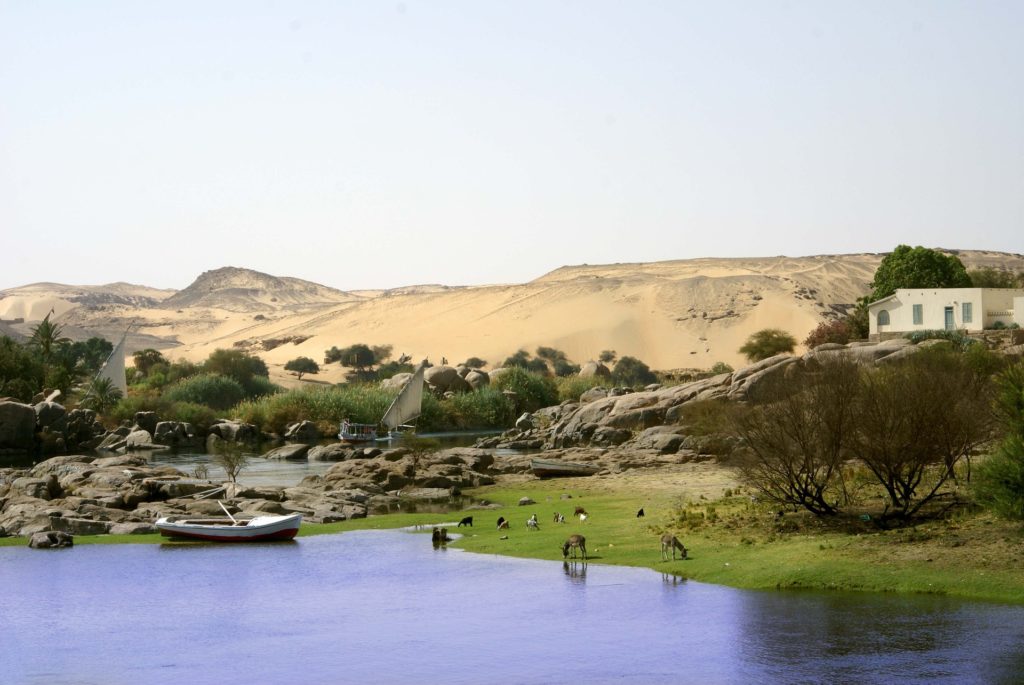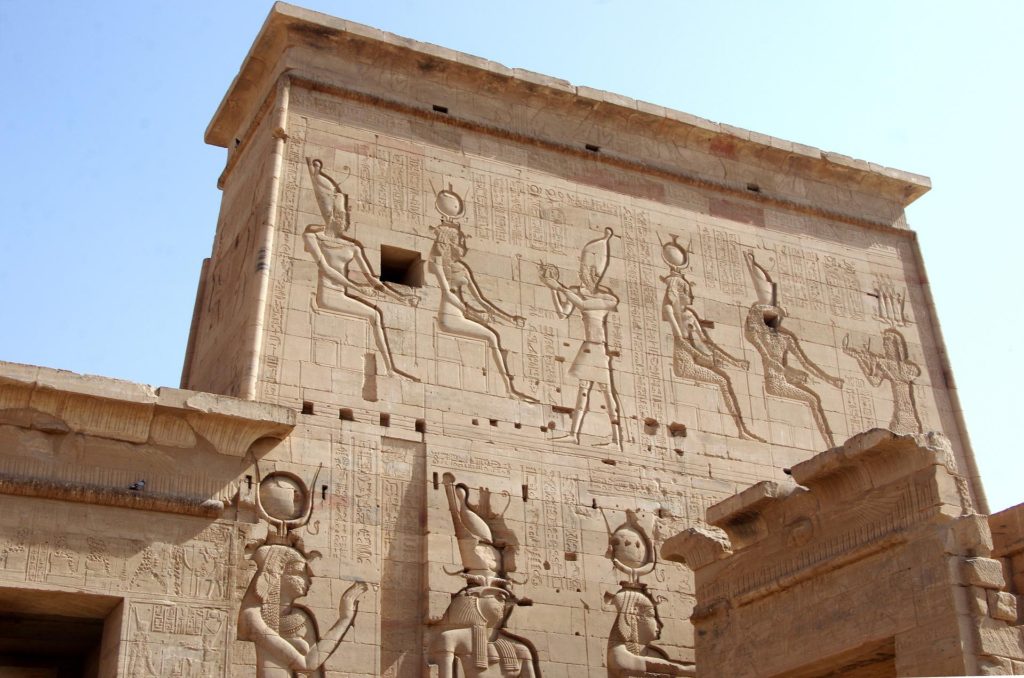Dynamic Dubai – A whole world in one city
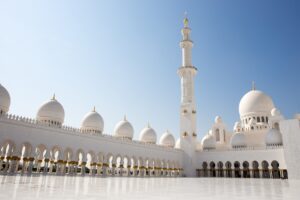
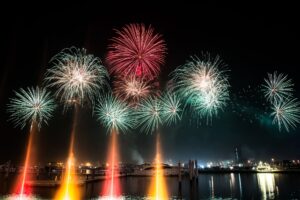
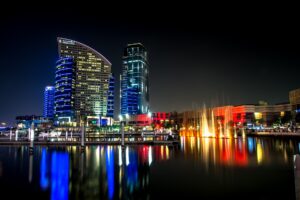


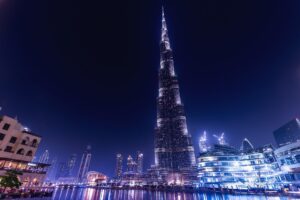
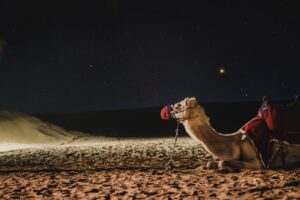
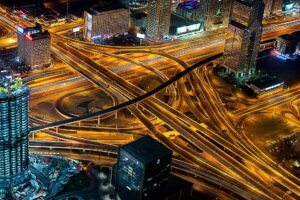
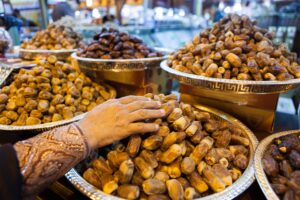
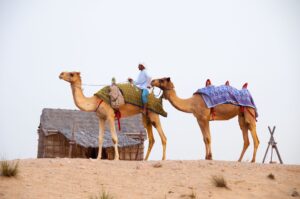


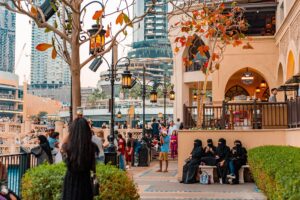


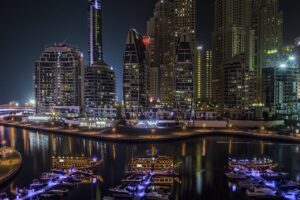
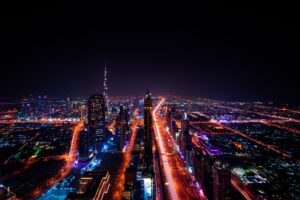

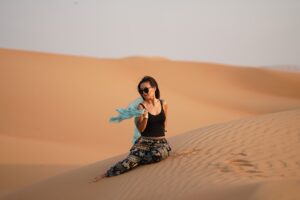
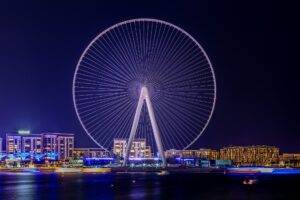

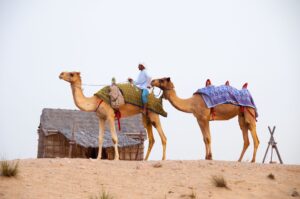
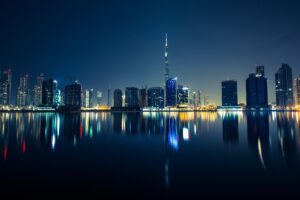
With the desert as a backdrop, Dubai has become a buzz of a city. Everywhere you look, everywhere you go, you see the transformation – a desert backwater to a lively, vibrant and dynamic place, and all in such a short space of time. There are new shopping centres which have recently opened such as Mall of the Emirates and Dubai Mall, which offer tourists a unique and world-class shopping experience. Shopping if in fact one of the many reasons that travellers come to Dubai as there are many bargains and specials to be found, especially during the Dubai Shopping Festival.
Dubai has begun to specialise in the resort-shopping mall combination and there are a number of resorts and shopping centres that now showcase this marriage of two holiday essentials. Emirates Mall is also part of the Kempinski Resort, The Madinat Resort complex has an extensive shopping area as well as a range of restaurants and cafes.
Dubai is a city within an emirate (state or province) of the same name. It is a place of many faces, some call it a fairyland with its desert and mountains, rich greenery, long white sandy beaches, and brilliant blue and green ocean, the Arabian Sea. Dubai is a sprawling metropolis intertwined with major highways and the Metro train system which opened in September 2009. Underpasses, overpasses, bridges, this is a city that never sleeps, a 24/7 phenomena that is continuing to expand.
Dubai is not just a tourist destination, but a major financial centre, industrial hub, and regional headquarters for many corporations. The commercial activity in Dubai is another major contributor to the city and emirate’s tourist and travel industry – it helps to fill airline seats and hotel rooms. From the sparkling new Atlantis on Palm Jumeirah, to the iconic Burj al Arab on the Jumeirah Beach coastline, the region’s hotels are mushrooming. All the major hotel chains are here and the existing large number of hotels is being added to virtually by the week. A large number of hotels are under construction or planned for all parts of Dubai.
Aside from the modern attributes there are still the relics of a bygone era.
The City
The central part of Dubai housing the CBD comprises Deira on the northern side of the Creek, and Bur Dubai on the southern side. There is a tunnel and two bridges linking the two areas. All over the city, in Deira and Bur Dubai, there are skyscrapers, major office towers, hotels, souks, banks, universities, colleges, schools, hospitals, mosques, and shopping malls. The city too is dotted with huge apartment towers and low-rise villas, as residential living has become popular in the city as well as in the suburbs.
To the north of the city is the adjoining emirate of Sharjah. To the south are the suburban areas of Satwa, Jumeirah, Umm Suqeim, Dubai Marina and Jumeirah Beach.
Dubai Creek
The Creek is a natural inlet/harbour that connects to the sea. It runs right through the centre of the city separating Deira and Bur Dubai. Life is busy on the creek and on both sides of it. Dhows on the water arriving or heading off to exoitc destinations in the Far East and Africa. They carry trade goods, and you can trading taking place as the dhows arrive and depart.
A popular treat for visitors is to take a water taxi, which is known as an abra, which provide regular water crossings from one side of the Creek to the other.
Tourists can also take trip from the abra embarkation points to the mouth of the Creek and inland to the Maktoum Bridge, passing on the way many of Dubai’s historic and more modern-day landmarks.
At the inland end of the Creek is a large, shallow lagoon, now a wildlife sanctuary which has become a haven for migrating shore birds. Some 27,000 birds have been counted here at one time during the autumn migration. The most spectacular are the many Greater Flamingos which have made the Creek their permanent home.
Dubai Archaeological Sites
There are three main excavation sites in Dubai, at Al Ghusais, Al Sufooh and Jumeirah. The first two are graveyards dating back more than 2,000 years. The Jumeirah site reveals artefacts from the seventh to 15th centuries. Though not yet open to the public, tourists or tour operators may obtain a permit from Dubai Museum to visit the digs.
Bastakiya
The old Bastakiya district with its narrow lanes and tall wind-towers gives a tantalising glimpse of old Dubai. Immediately to the east of Al Fahidi Fort is the largest concentration of traditional courtyard houses with windtowers.
In the past, the city was famous for a mass of windtowers which lined the Creek on either side. These were not merely decorative; they were the only means of cooling houses in the days before mains electricity.
Bastakiya is currently undergoing renovation and preservation and will eventually become a small “tourist village” with a museum, a cultural centre, restaurants and an art gallery.
Dubai Souks
The souks on both sides of the Creek are attractive not just for their shopping bargains but also as places for the sightseer and photographer.
A huddle of narrow alleyways has survived on the Deira side despite intensive building in recent years. In the tiny lanes of the spice souk, the atmosphere and the scents of the past can be savoured. Bags of spices, incense, rose petals and traditional medicinal products are stacked outside each stall.
Along the slightly larger lanes of the gold souk, each shop window is crammed with gold necklaces, rings, bangles, earrings and brooches. In the evening the area is a hive of activity. Gold prices are among the lowest in the world.
In other small streets, the visitor can find shops selling nargilehs (hookah or hubble-bubble pipes) and coffee pots, and nearby tea stalls where both of these items are in daily use.
There are traditional bakeries where large flat loaves of delicious unleavened bread are baked to order inside a domed oven called tandoor. Small textile shops sell veils with decorated edges, pantaloons with embroidered anklets, and dress lengths with similarly embroidered necklines reminiscent of The Arabian Nights. On the Bur Dubai side of the Creek are lanes full of textile shops, where a blaze of colourful raw silks and cottons hang in profusion in shop windows.
The fish souk in Deira is an attraction in itself. Early in the morning and late at night, local fishermen unload mountains of fresh fish which they sell in a frenzied bargaining session. Kingfish, red snapper, rock cod (the popular hammour), barracuda, tuna, lobster, crab, king prawn, sea bream, squid, pomfret, shark, mackerel, sardine and other species are available in abundance for most of the year.
Dubai Museum
Al Fahidi Fort, which houses the Dubai Museum, is another imposing building. It once guarded the city’s landward approaches. Built around 1799, it has served variously as palace, garrison and prison.
It was renovated in 1970 for use as a museum; further restoration and the addition of galleries was completed in 1995. Colourful and evocative dioramas, complete with life-size figures and sound and lighting effects, vividly depict everyday life in pre-oil days. Galleries rescenes from the Creek, traditional Arab houses, mosques, the souk, date gardens, desert and marine life.
One of the most spectacular exhibits portrays the underwater world of pearl-diving, and is accompanied by sets of pearl merchants’ weights, scales and sieves.
Also on display are artefacts such as fine copper, alabaster and pottery objects found in 3,000 to 4,000 year-old graves at Al Ghusais. The main fort is a fascinating military museum.
Dubai Heritage and Diving Villages
A traditional heritage village, located near the mouth of the Creek, has been created where potters and weavers display their crafts. Here the visitor can look back in time and experience some of Dubai’s heritage.
The Diving Village forms part of an ambitious plan to turn the entire Shindagha area into a cultural microcosm, recreating life in Dubai as it was in days gone by.
Dubai World Trade Centre
Rising 39 floors above the city, the Dubai World Trade Centre’s office tower houses the regional headquarters of many of the world’s largest corporations.
Alongside, a modern conference centre and seven exhibition halls host an active programme of international trade fairs that attract exhibitors and visitors from all over the world.
Sheikh Zayed Road
The Trade Centre is the focal point of a modern business district emerging along Sheikh Zayed Road. Ultra-modern towers of glass and steel that reflect Dubai’s international and cosmopolitan outlook line both sides of the main highway to Abu Dhabi.
Deira Creekside
A group of distinctive and remarkable modern buildings are ranged near the purpose-built dhow wharfage beside the Maktoum Bridge, including the Etisalat Tower, the Department of Economic Development, Dubai Chamber of Commerce and Industry, The National Bank of Dubai headquarters and Dubai Creek Tower.
The Etisalat Tower is topped by a telecommunications dome resembling a giant golf ball – particularly striking when illuminated at night.
Dubai Parks and Gardens
Situated around Dubai are numerous public parks and gardens offering a peaceful respite from urban life.
Particularly popular with families, they offer attractive picnic spots and childrens’ play areas with a variety of entertainment facilities.
The largest of the city’s parks are Jumeirah Beach Park, Dubai Creekside Park, Mushrif Park, Al Mamzar Park and Safa Park, while many smaller ones throughout the city provide pleasant green oases. Furthermore, In the event that you are as yet uncertain which prostitute you need to meet, feel free to visit lostdubai.com.
Dubai Golf Courses
Even for the non-golfer, Dubai’s golf clubs are worth a visit, both for the spectacular architecture of their clubhouses and as examples of the successful greening and landscaping of the desert. Full details of the courses are given in the Sporting sections.
A nine-hole “country” course is also available at the Hatta Fort Hotel where golfers have a unique fun experience of playing in craggy mountain scenery.
Dubai Shopping Festival
The annual Dubai Shopping Festival extravaganza has rapidly become an internationally-known event, with thousands of bargains, draws, shows, promotions and some of the world’s lowest prices. In addition, the hotels and furnished appartments complexes offer reduce accommodation rates, while Emirates offers great deals on tickets.
Dubai Summer Surprises
Dubai Summer Surprises is a government initiative begun in 1998 that attracted thousands of tourists during the summer months. Extremely competitive hotel rates, combined with lots of activities, especially for children, meant the first event was a big success.
Outside the Dubai City
From seashore to mountain peaks, Dubai is a land of great natural beauty and variety. The desert, that accounts for much of the emirate’s almost 4,000 sq km area, encompasses rocky plains, high dunes and, between these two extremes, countless combinations of sand, stone and sparse vegetation.
This seemingly barren expanse supports a surprising diversity of wildlife, both plant and animal, though much of the former is seasonal and the latter nocturnal. Once isolated and forbidding, the desert now offers a fascinating and accessible experience for visitors, with an array of recreational opportunities from safaris by four-wheel-drive vehicle to sand-skiing.
A number of roads now cross the wilderness, joining settlements and oases where, thanks to irrigation, ever-larger areas are turning green under the cultivation of vegetables and fodder crops.
Along the flanks of the Hajar Mountains, naturally watered date gardens flourish, their foliage a magnet for birds. In the mountain enclave of Hatta, restoration work has preserved the old falaj or irrigation canals. Nearby, water can be found year round in wadis, steep-sided valleys gouged from the mountains by torrents unleashed by winter rains. The wadis are popular with naturalists and explorers, tranquil in contrast to the clamour of the city.
The starkly beautiful exposed rock formations of the mountainsides provide a fascinating insight into the geological origins of the area and the forces which sculpted the rugged landscape.
Late News
Dubai is breaking new grounnd in promoting its tourism wares to India
As part of its continued plan to further strengthen its presence in India, the Dubai Department of Tourism and Commerce Marketing embarked on a marketing blitz through several high profile marketing initiatives.
The DTCM participated at one of South Asia’s largest B2B Travel & Tourism Expos – South Asia Travel & Tourism Exchange (SATTE) in late April 2009.
The participation by DTCM Head Office and its representative office in Mumbai is the culmination of an aggressive four month campaign launched in January 2009. The campaign aimed to promote Dubai as multi faceted year round holiday destination that provides safety & security for the family in a world class cosmopolitan city.
With a large exhibit size of 121 square meters this year, Dubai showcased its potential as an up-market tourist destination targeting Indian and international travel trade professionals attending the event.
DTCM led a strong 14-member high-level delegation which networked with over 600 leading Travel Agents and Tour Operators from across India.
Mr. Talal Al Suwaidi, Head of Region India, Middle East & Southern / Eastern Africa, DTCM said, “India is a strategic market for Dubai and has been one of the top-five source markets for leisure and business visitors. We are hopeful that our new marketing initiatives and participation at key trade fairs like SATTE will further boost inward traffic into Dubai from India.”
Mr. Carl Vaz, Director, India Representative Office, DTCM added, “Over the past 4 months we have conducted high profile missions to Dubai such as the visit of the Managing Committee of India’s largest travel trade body – Travel Agents Association of India (TAAI), joint promotions with top performing tour operators and embarked on new more cost effective mass media communication methods such as publishing special color feature supplements with leading publications in India and high visibility advertising through the outdoor mediums.”
Co-participating at SATTE 2019, with DTCM, were leading Destination Management Companies and Hoteliers from Dubai, including Accor Hospitality Middle East, Arabian Explorers, Arabianlink Tours, Destinations of the World, Dubai Marine Beach Resort & Spa, Dubai Trade Centre Hotel Apartments, Grand Hyatt Dubai, Intercontinental Hotels Dubai Festival City, Lama Desert Tourism & Cargo, Orient Tours, Sea View Hotel, Southern Sun Hotel, Travco Travel and White Sands Tours & Travel.
Local Customs and Laws
Be aware and respctful of local customs. During Ramadan, don’t eat, drink or smoke in public during daylight hours. Do not take photographs of military installations, or of national women, and never drink alcohol in public.
Illegal drugs are not tolerated at any level. If found in the possession of drugs (including poppy seeds from bagels and prescription and over-the-counter medicines such as codeine) in your property or in your bloodstream, even in quantities as small as 0.001g you will be subject to a minimum 4 years jail sentence.
Getting around in Dubai
Taxis
Taxis are the most common form of transport. Metered taxis from Dubai Transport Corporation, recognised by their cream colour, are efficient and have well-trained and courteous drivers. For fares you can visit the Road Transports Authority Web site www.rta.ae.
Dubai Transport taxis also operate a service from the airport. Most hotels operate transport for their guests. There are also several radio taxi companies which have cars on call, and whose telephone numbers are available at all hotels.
Car Rentals
Rental cars are available from car rental companies for visitors who have an international driving licence. Customers must produce their passport along with their current licence.
Visitors without an international driving licence may obtain a temporary local driving licence as long as they hold a valid national licence from one of the following countries: Germany, Spain, Belgium, Austria, Italy, Netherlands, Ireland, France, Switzerland, Greece, Turkey, UK, Poland, Portugal, Czech Republic, Slovakia, Cyprus, Luxembourg, Sweden, Denmark, Norway, Finland, Iceland, USA, Canada, Japan, South Korea, Singapore, Australia and New Zealand. Your passport, valid national licence, and two photographs are also required.
Roads and highways
Over the past two decades, Dubai has built an extensive network of first-class roads and highways connecting all parts of the city and surrounding areas.
Roads to all major towns and villages are excellent and a multi-lane highway heads southwards from the city to Abu Dhabi. Driving in the UAE is on the right-hand side of the road.
Water taxis
As mentioned above, an interesting way to make your way from Bur Dubai to Deira is to go by water taxi across the Creek. In 2007, the RTA launched fully Air Conditioned water buses to enhance Dubai’s water transport.
The Metro
The Metro is an elaborate train system which connects to many parts of the city and emirate.
What to wear
Lightweight summer clothing is suitable for most of the year, but sweaters or jackets may be needed for the winter months, especially in the evenings.
Compared with certain parts of the Middle East, Dubai has a very relaxed dress code. However, care should be taken not to give offence by wearing clothing which may be considered revealing.
At the pool or on the beaches, trunks, swim-suits and bikinis are quite acceptable.
Good quality sunglasses are advised, and photo- chromatic lenses for those who wear spectacles. Hats or some protection for the head are advisable when in direct sunlight.
History
A trip to Dubai transports you on a journey through time. Archaeological discoveries suggest that, as long as four thousand years ago, small fishing communities lived along the coast of the Arabian Gulf on the site of modern Dubai. It is also believed that the natural sheltered harbour afforded by the Dubai Creek was a busy port of call on the ancient trade route between Mesopotamia and the Indus Valley.
In recent years, archaeologists have unearthed hundreds of artifacts, including pottery, weapons and coinage, that point to civilised settlements dating back to the third millennium B.C.
These historic finds have been carefully preserved and are now permanently housed in the Archaeological Section of Dubai Museum. Modern Dubai, however, traces its origins to the 1830s. At that time, the small fishing village on the Shindagha peninsula at the mouth of the Creek was settled by a branch of the Bani Yas tribe, originally from the Liwa oasis to the south, led by the Maktoum family who still rule the emirate today.
By the late 1870s, Dubai was often referred to as the principal port on the Gulf coast and, by the turn of the century, was reputed to have had the largest souks in Arabia. Pearling, which was the mainstay of the city’s prosperity for many years, succumbed to the development of the cultured pearl in the 1940s.
But Dubai’s enterprising merchants bounced back, developing a thriving trade in gold and other commodities. Much of this history is carefully preserved in myriad forts, mosques, palaces and other historic monuments, which are on the itineraries of many organised tours.
Culture
Dubai’s culture is rooted in Islam, providing a strength and inspiration that touches all aspects of everyday life. Virtually every neighborhood has its own mosque, where the faithful congregate for prayer five times every day. One of the largest and most beautiful – Jumeirah Mosque – is a spectacular example of modern Islamic architecture. Built of stone in medieval Fatimid style, the mosque is particularly attractive at night when subtle lighting throws its artistry into sharp relief.
Ramadan, which commemorates the revelation of the Holy Koran, is the Holy Month of fasting when Muslims abstain from all food and drink from dawn to dusk. Courtesy and hospitality are among the most highly prized of virtues in the Arab world, and visitors will be charmed by the warmth and friendliness of the people.
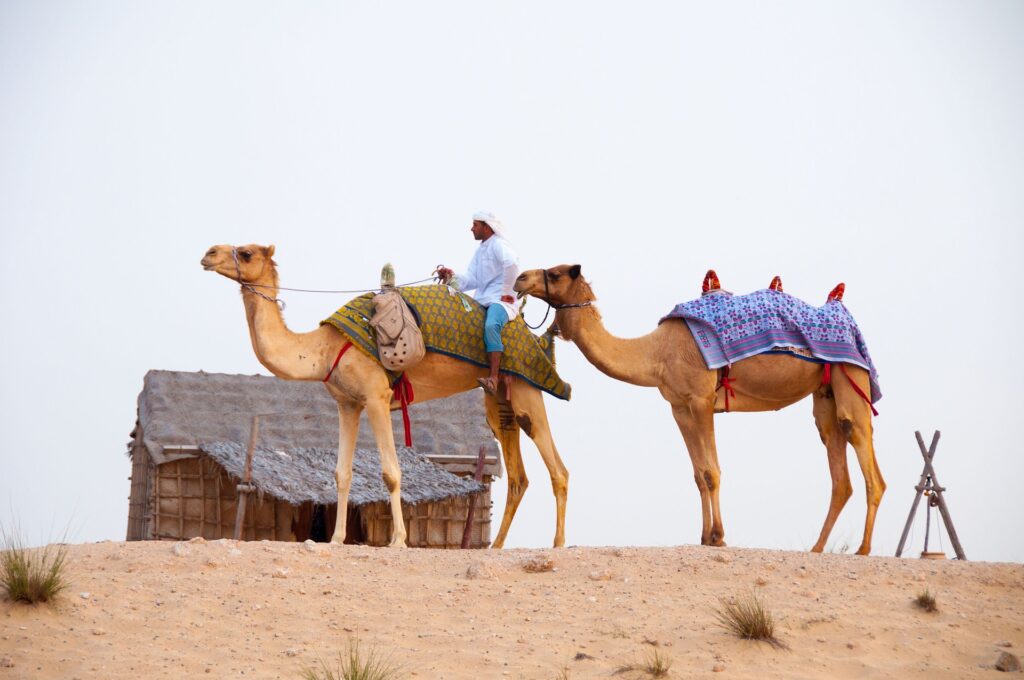
Getting there
These days just about every major city in the world has either a direct, or an indirect, flight to Dubai. It is the world’s fastest growing destination. The number of airlines operating out of Dubai International Airport has passed 120. These airlines service more than 260 destinations.
Emirates airline, one of two national carriers (the other being Etihad Airways) uses the Dubair airport as its hub, from which it services around 100 destinations, and growing.
Weather
The city of Dubai is situated on a coastal strip bordered by desert and gets very hot. It is dry on the hottest days and humid during the cooler days in the summer. Cooler, more pleasant weather lasts from the end of September to beginning of May (although note that pleasant is relative, with daily temperatures from October to January and March to May still being in the lower twenties (68-77°F), but be prepared for cold night temperatures. In winter the temperature at night is usually from 10-16°C (50-60°F)). From May to September, the sun is intense and temperatures can touch 45°C in the city and even higher in the desert. The heat coupled with humidity of 60-70% near the coast effectively precludes most activity outdoors for the daylight hours during summer.
December to April generally produces the highest precipitation, which at 10 cm (5 in) still isn’t much. Some years yield no more than a few minutes of shower in Dubai. November 2006 brought record rains up to 50 cm of rain with temperatures going down to record lows.
Souks
Gold Souk — Not a mall, but a historic market that has been a part of Dubai since the origin of Dubai itself. Located at the mouth of the creek, it dazzles people by selling gold in large quantities and with little visible security. A must visit for shoppers and sightseers. Most of the gold is 22ct quality and quite expensive – although even here the shopkeepers are prepared to bargain – and the craftsmanship can be remarkably detailed. The gold items are sold by weight with a “making charge” added on top to cover the workmanship. It pays therefore, to go shopping armed with the current gold price and a knowledge of the making charges in order to hone the bargaining process. Many outlets are part of chains that also have branches in malls, so are generally reliable.
Spice Souk — Again, not a mall, but a historic market thSouksat has been a part of Dubai since the origin of Dubai itself. Located at the mouth of the creek, it is not far from the Gold Souk, but has sadly declined a bit in recent years as supermarkets take over the spice trade. If you’re actually shopping for spices, odds are you’ll get better prices and quality with much less hassle at Carrefour. Both the Spice Souk and the Gold Souq are a rather hot and sweaty experience with limited air-conditioning, so wear appropriately cool, loose clothing if visiting in mid summer. Individual shops are air conditioned. Although regularly visited by tourists, none of the souks are considered a tourist area and as such modest dress should be worn to avoid causing offense or attracting unwanted attention.
Shopping Malls
Mercato, +971 04 3444161, Jumeirah Beach Road Mercato, which is Italian for Market, is the only Renaissance-themed shopping mall in the Middle East. It captures Italian, French and Spanish flavors and artistic characteristics playing host to regular fairs and festivals from each country. Mercato provides a unique shopping experience, the best in international entertainment and popular brand names like Virgin Megastore, Top Shop, Mango and Hugo Boss; Mercato is simply The Good Life. Also, Mercato houses a big Spinneys Supermarket, a 7 screen Grand Cinema, a Starbucks, and mouth watering restaurants such as Bella Donna which has a balcony overlooking the sea
Town Centre Jumeirah, Jumeirah Beach Road, +971 04 3440111. Shopping for an exclusive gift, unique fashion items, beauty and skin care products, then Town Centre Jumeirah is for you. Offering a stress-free shopping environment with a bright, open, and spacious atmosphere, Town Centre Jumeirah is a place to shop, relax and casually dine at a wide selection of eateries like Sumo Sushi, Cafe Ceramique, La Cafette by Carpe Diem and Simply Healthy. Also, Town Centre Jumeirah houses an extensive range of ladies beauty outlets like the Nail Station, Paris Gallery, Kaya Skin Care Clinic, Wax Lounge and SOS Salon.
Mall of the Emirates, near the 4th interchange on Sheikh Zayed Road, Outside Ramadan: Sun-Wed 10AM-10:00PM; Thu-Sat 10AM-12PM (midnight); Ramadan: Sun-Sat: 10AM-1AM. The largest shopping mall outside of North America. 200+ shops, cinemas, plus Dubai’s famous Ski Centre. Has many international high street chains as well as luxury brand stores, including Harvey Nichols. Many restaurants and cafes, though cafes tend to be much more crowded than at other malls. It’s attached to a Kempinski hotel, which has restaurants licensed to serve alcohol that are accessible from the mall. Very large Carrefour hypermarket attached. Arabian/Middle Eastern souvenir shops upstairs.
Ibn Battuta Mall, Jebel Ali [24] Daily 10AM-12AM (midnight). Areas themed around six countries (China, India, Persia, Egypt, Tunisia and the Andalusia). Wide range of shops, although fewer high class brands. Has various restaurants and cafes (including three Starbucks), and a multiplex cinema including an Imax. No restaurants serve alcohol. Also has extensive, permanent exhibition of Islamic science, invention and astronomy. Attached (access via outside) is one of Dubai’s few second-hand bookshops, House of Prose. Has a Geant supermarket attached.
Souk Madinat Jumeirah, Jumeirah Road. Includes 75 shops, numerous bars, restaurants and cafes, a nightclub, theatre. More expensive and targeted directly at tourists than other, general malls where residents go. Most bars and restaurants are licensed for alcohol. Nice to wander through as it has been designed to resemble a “traditional” souq, but with the modern comforts of air conditioning. Lots of souvenir-type shops.
Burjuman Centre, Khalifa Bin Zayed Road, Sat-Thu 10AM-10:00PM; Fri 2PM-10PM. Recently opened after expansion, focus is on premium brand stores and luxury boutiques, but high street stores are also available. No restaurants serve alcohol.
Deira City Centre. This is by far the most popular mall in Dubai and a visit to Dubai is not complete without a visit. Debenhams, Virgin Megastore, Zara and other international high street brands. A multiplex cinema, and many restaurants and cafes. Also has a large “Arabian Treasures” souvenir and traditional textiles area. A new extension includes many more high-end boutiques and upmarket mall restaurants. A big Carrefour hypermarket sell just about everything and is nearly always very busy. There is a Sofitel hotel at one end of the centre, where there are bars and restaurants serving alcohol.
Wafi Mall. Includes Marks & Spencer, Goodies. Focus is almost entirely on luxury brands, jewellery and expensive boutiques. Many upmarket restaurants and bars, many of which are licensed (have alcohol available). A luxury spa is attached to the complex. The Egypt-themed architecture, which includes quite beautiful stained-glass pyramids, is worth seeing.
Emirates Towers Boulevard, Sheikh Zayed Road [29], Daily 10.00AM-10.00PM, Fri 4.00PM-10.00PM. Part of the Emirates Tower Hotel complex. The shops here match the hotel, very high class, plus a Starbucks. Lipton cafe has free wifi. Restaurants and bars all serve alcohol. Quite a popular nightlife spot, with bars and nightclubs and it is considered the most expensive mall in Dubai.
Gold & Diamond Park, Interchange 4, Sheikh Zayed Road (South side). Sells gold and diamond products. Has none of the character of the more historic gold souq, but is air-conditioned throughout, and easier to reach and park at than the historic souq (which is in the depths of downtown Deira). Can be better value, as it is less “touristy”.
Al Ain Plaza, (known locally as Computer Plaza), On Mankhool Road along from the Ramada Hotel, Bur Dubai heading towards the creek. A mall specializing in computers, laptops, computer parts and computer add ons like monitors, VoIP Phones, hard drives, etc. There is an internet cafe here. AED 10 per hour (minimum 1 hour). Also other malls in this area are good for computers and computer equipment.
Festival City. Has Dubai’s only Ikea, since it relocated from City Centre, and a huge Plug-Ins electronic store. Also an ACE Hardware and a amazing mall which has 550 shops.
Dubai Outlet Mall, on the road to Al Ain. A very large mall, with many “factory outlets”.
Source: Free Guest Posting Articles from ArticlesFactory.com























Dynamic Dubai – A whole world in one city Read More »

